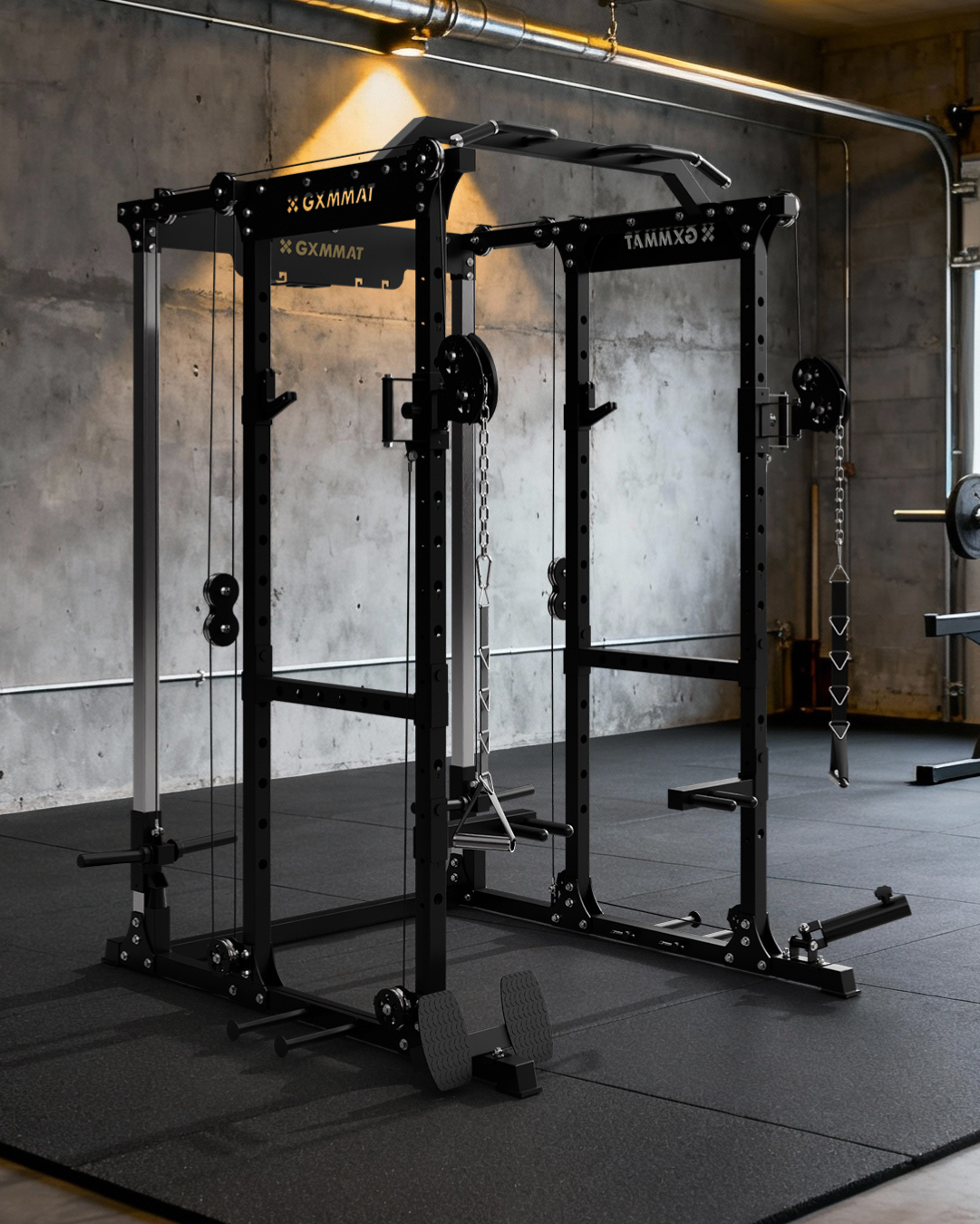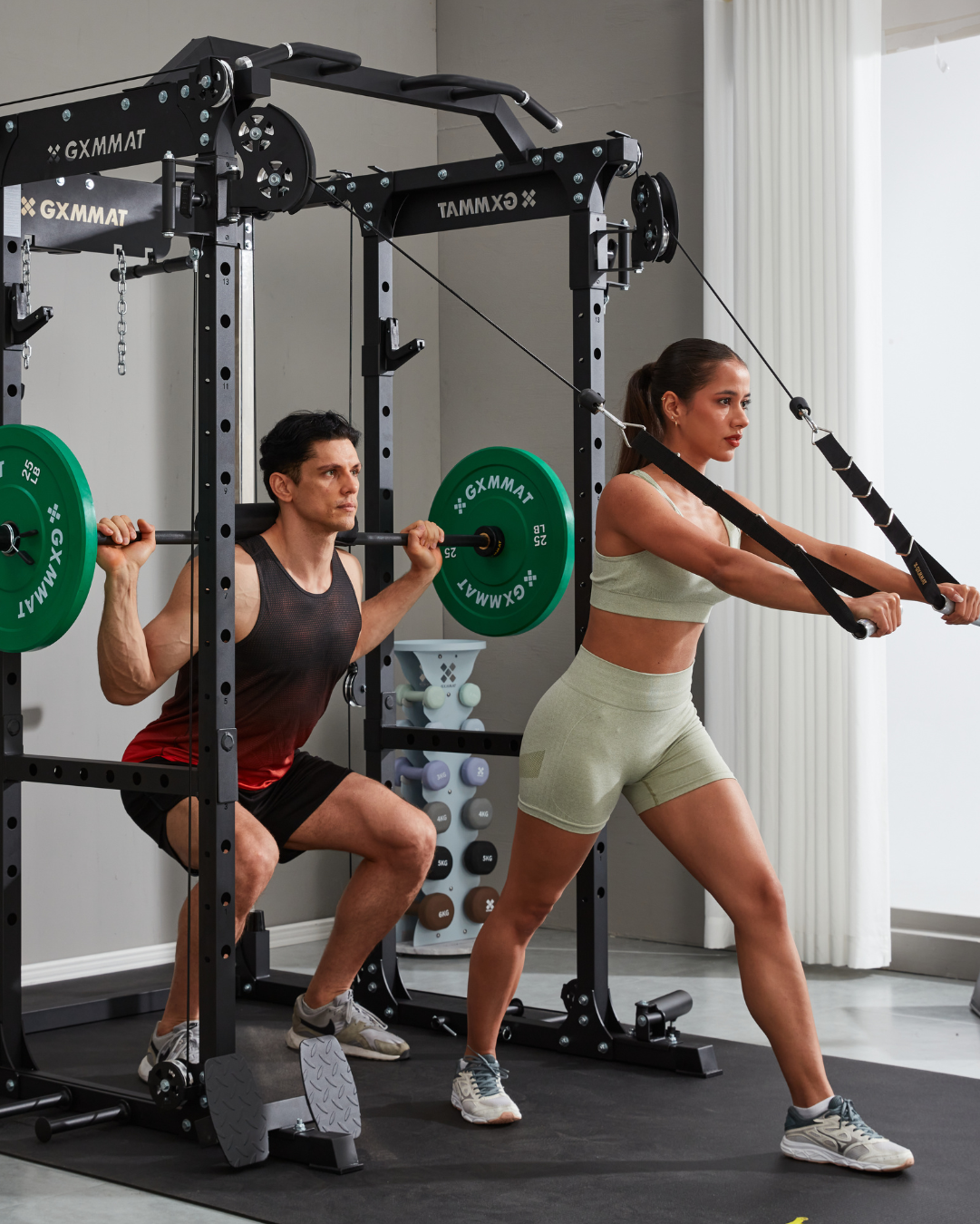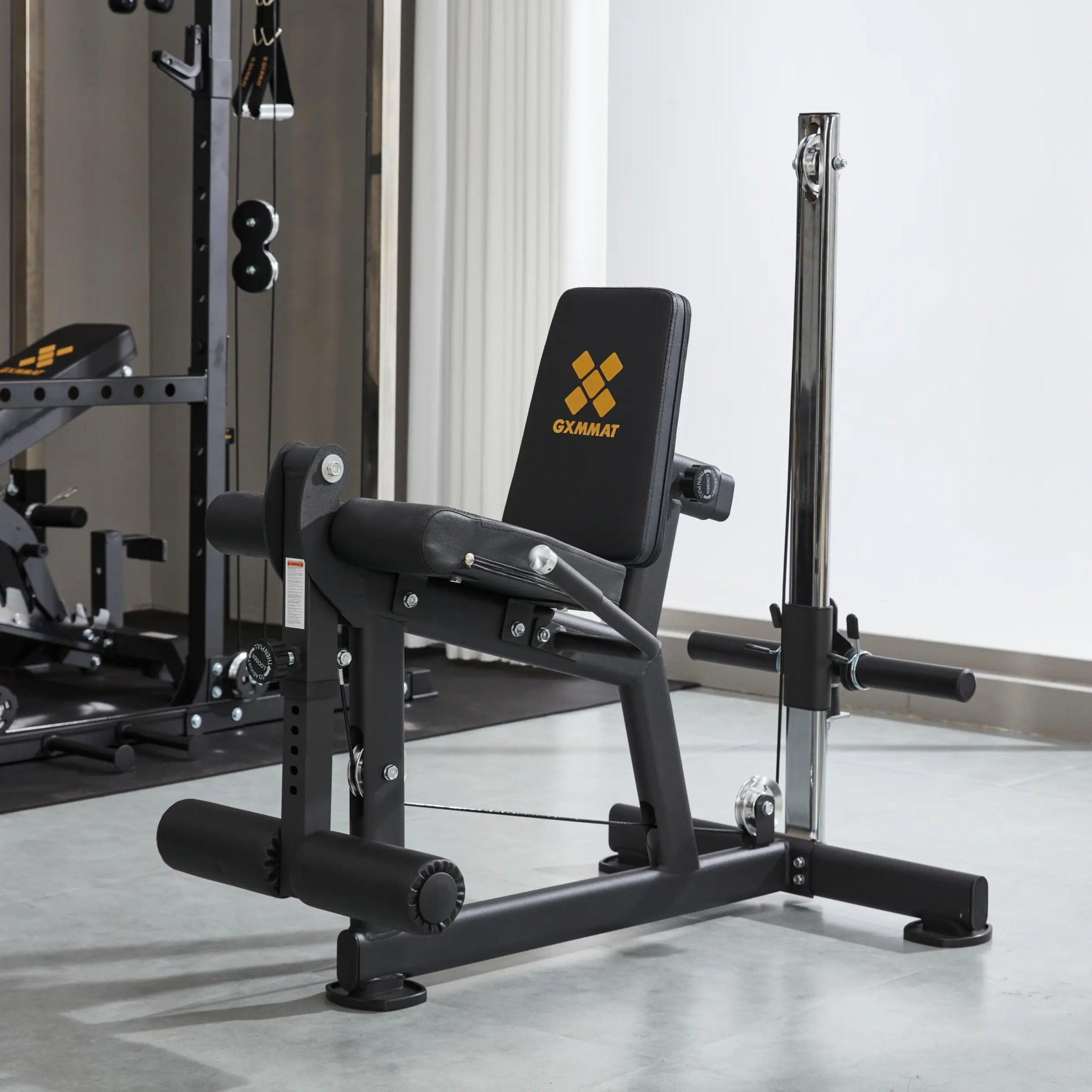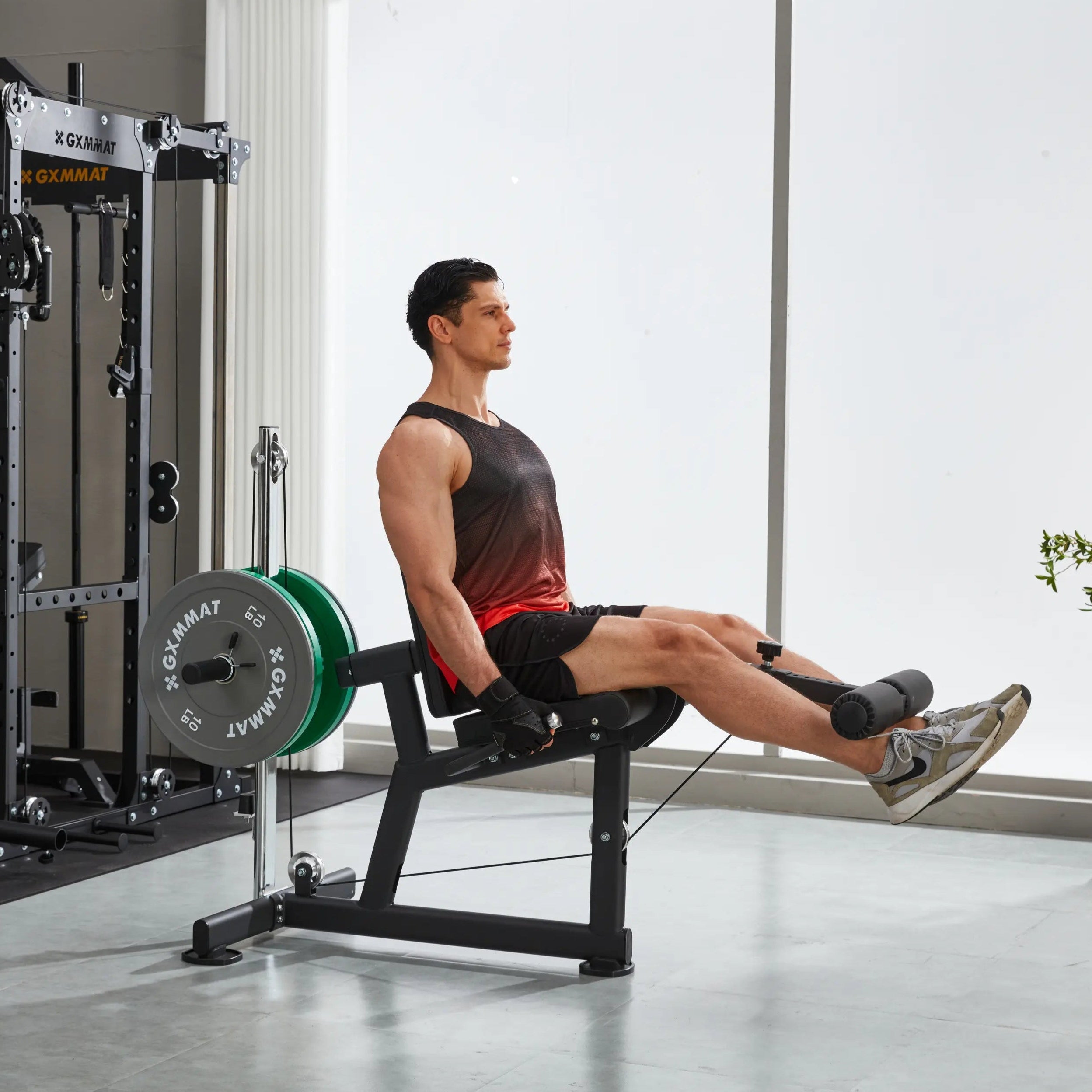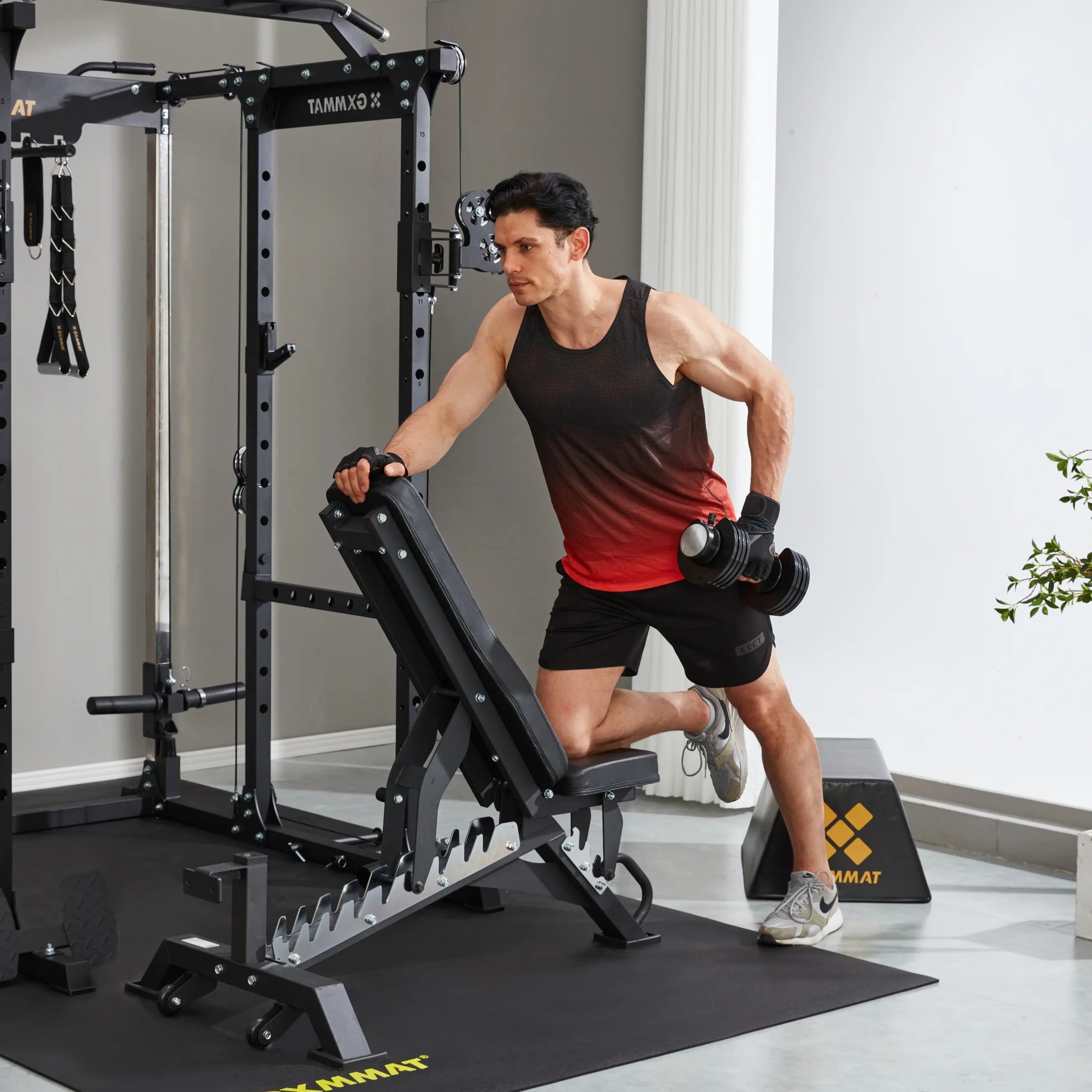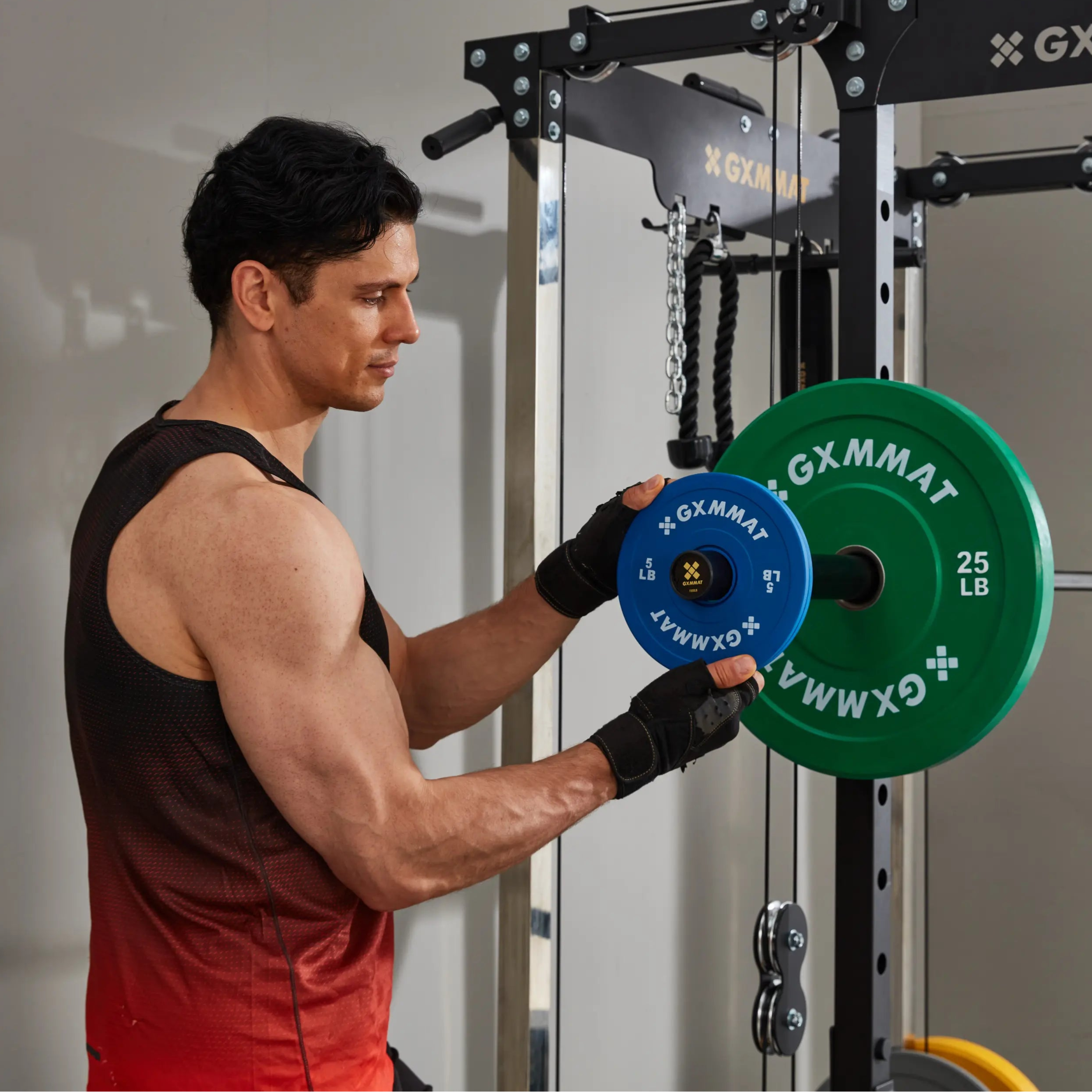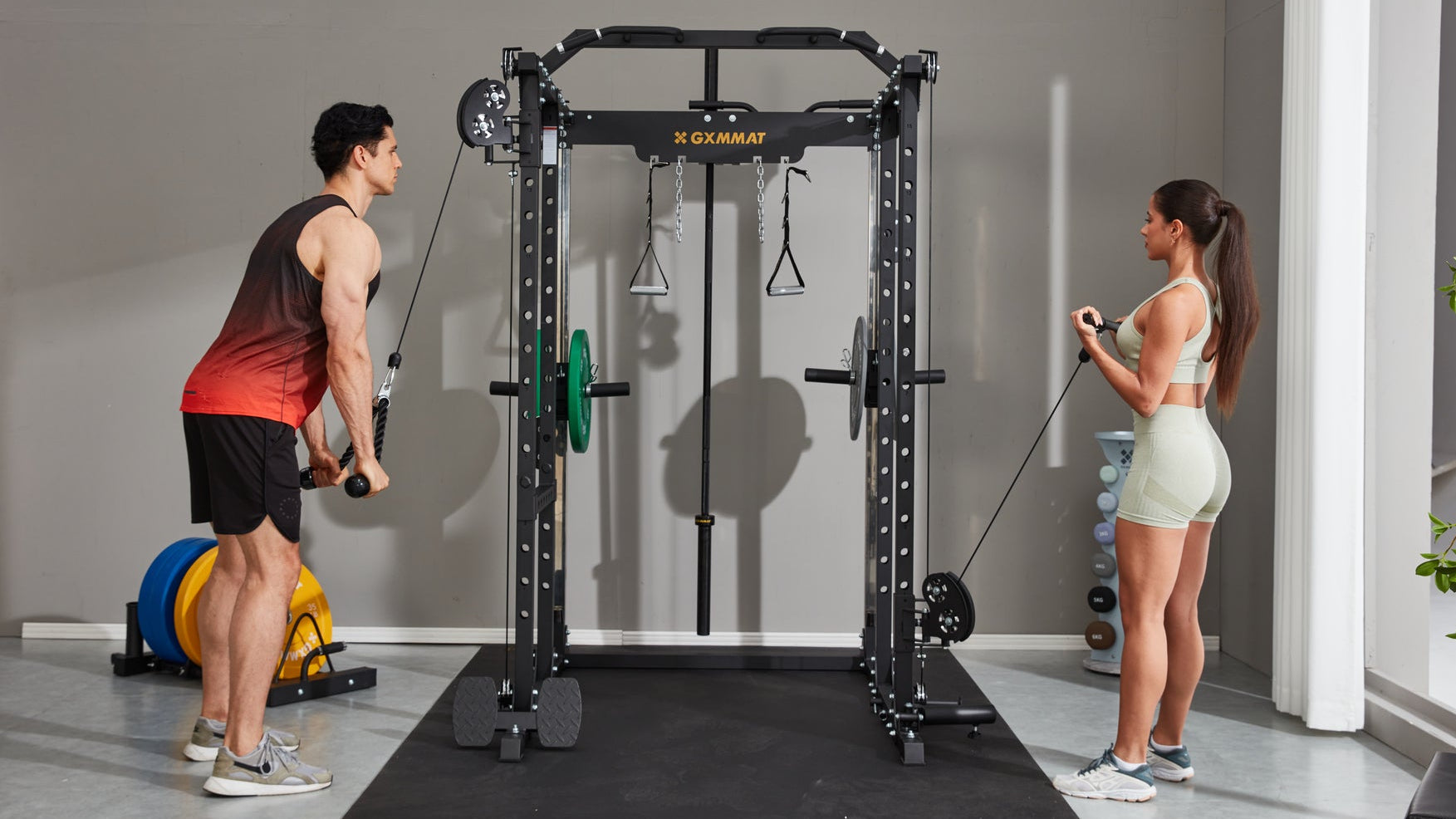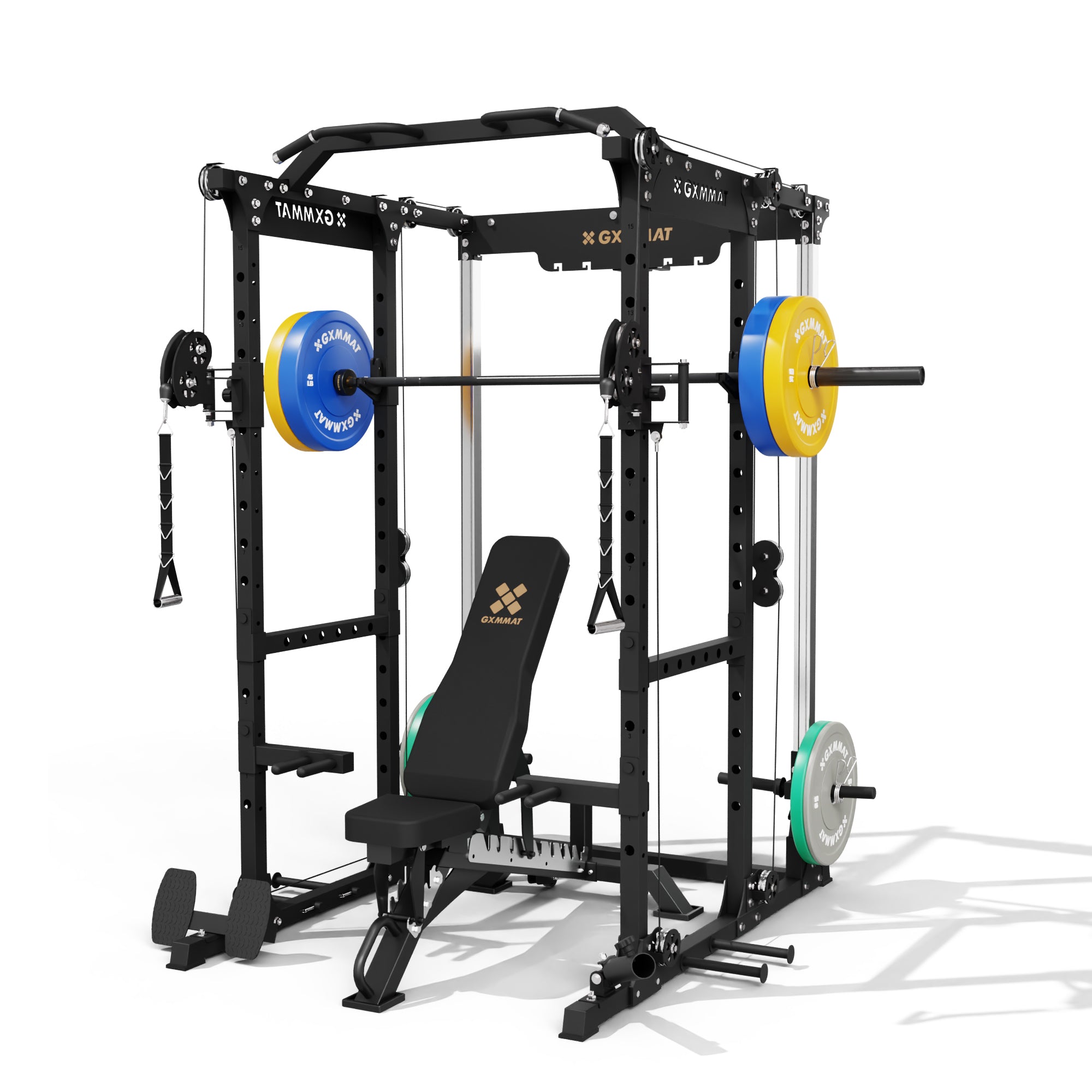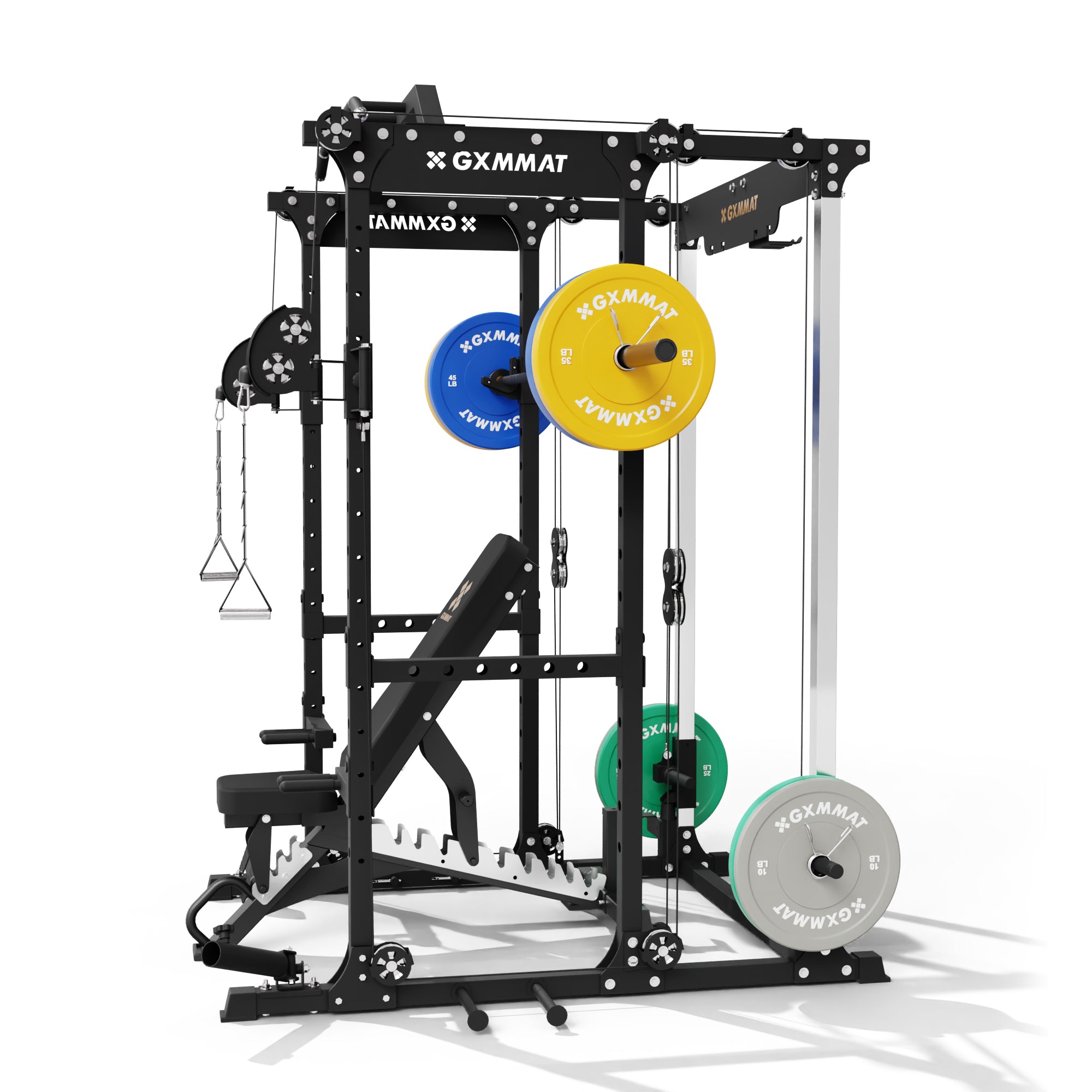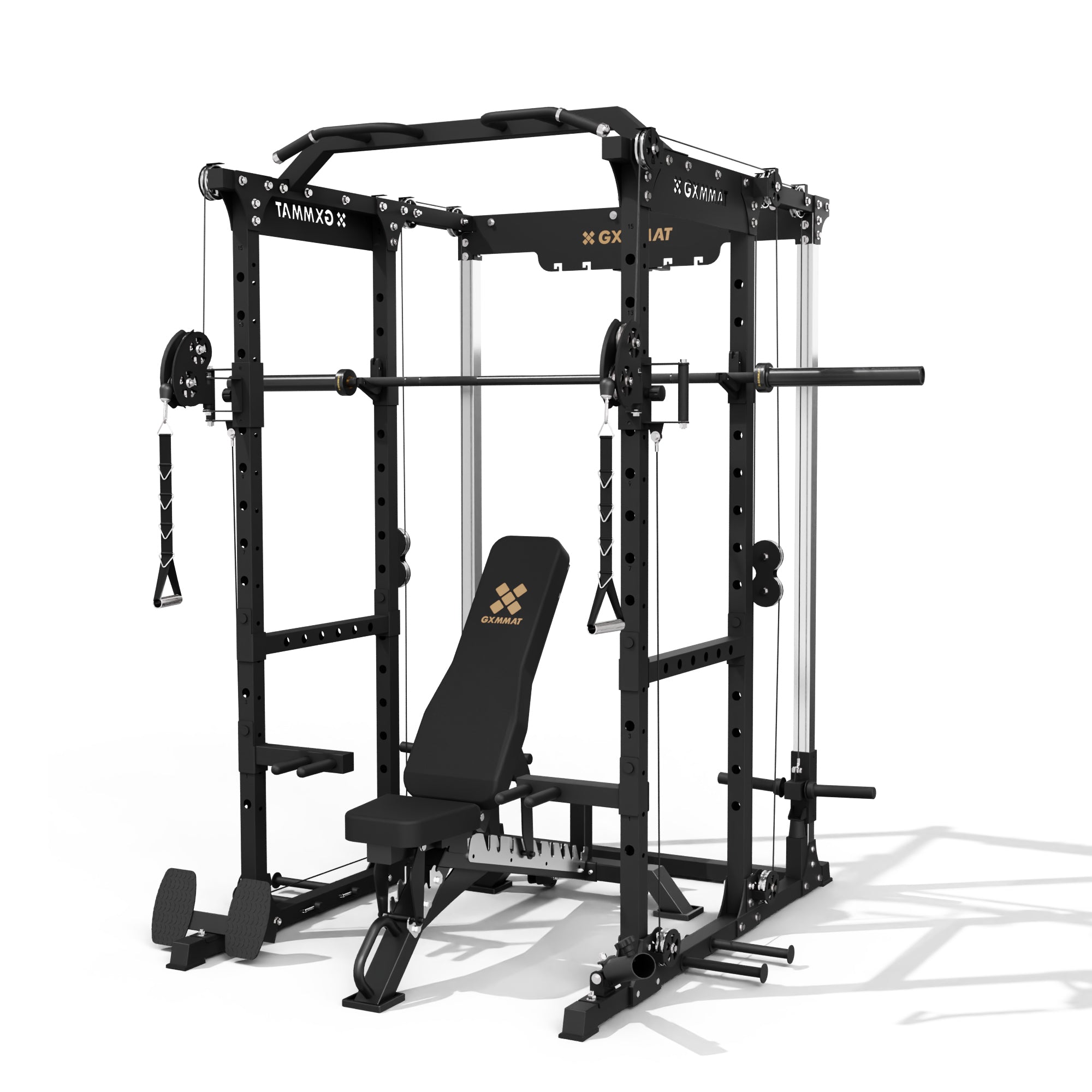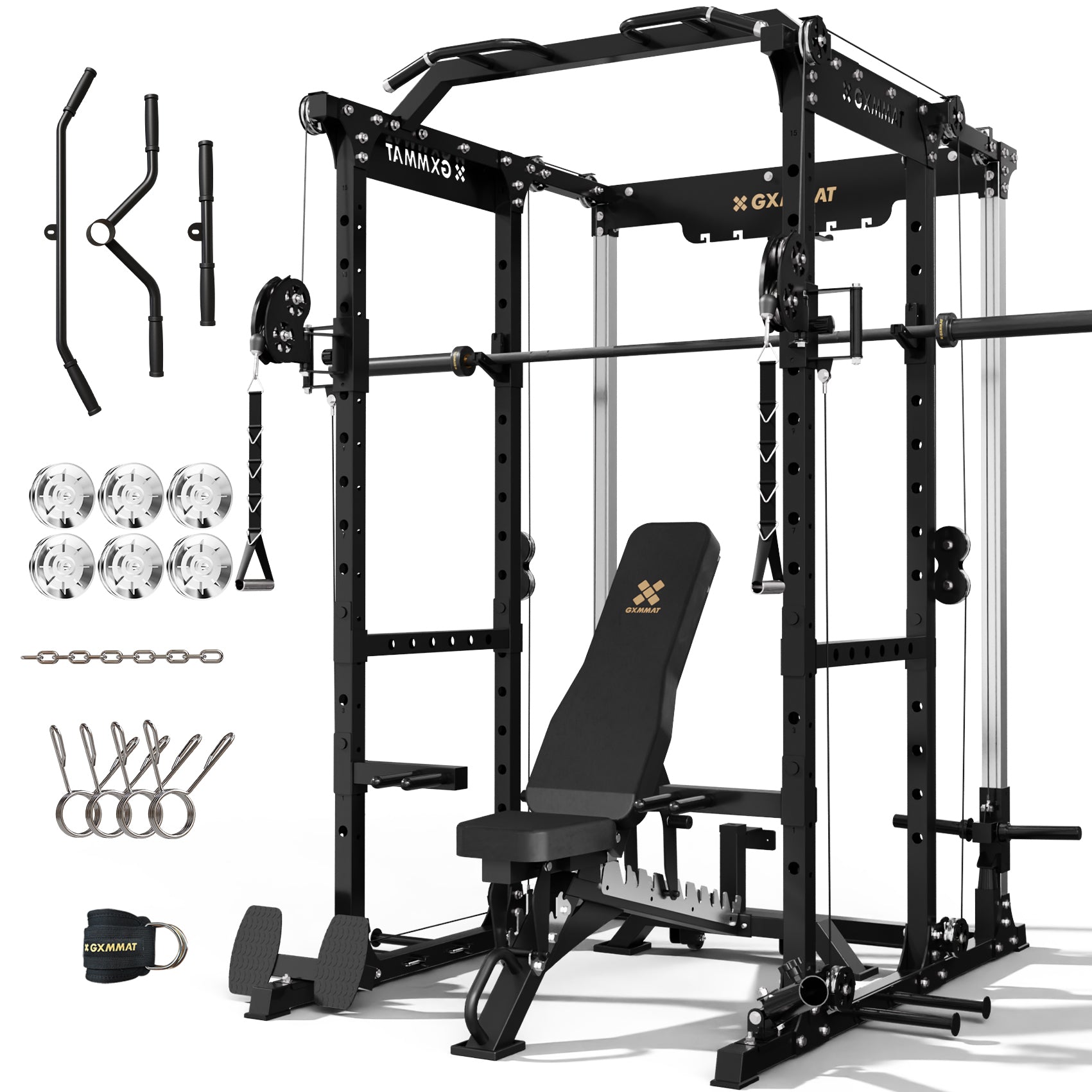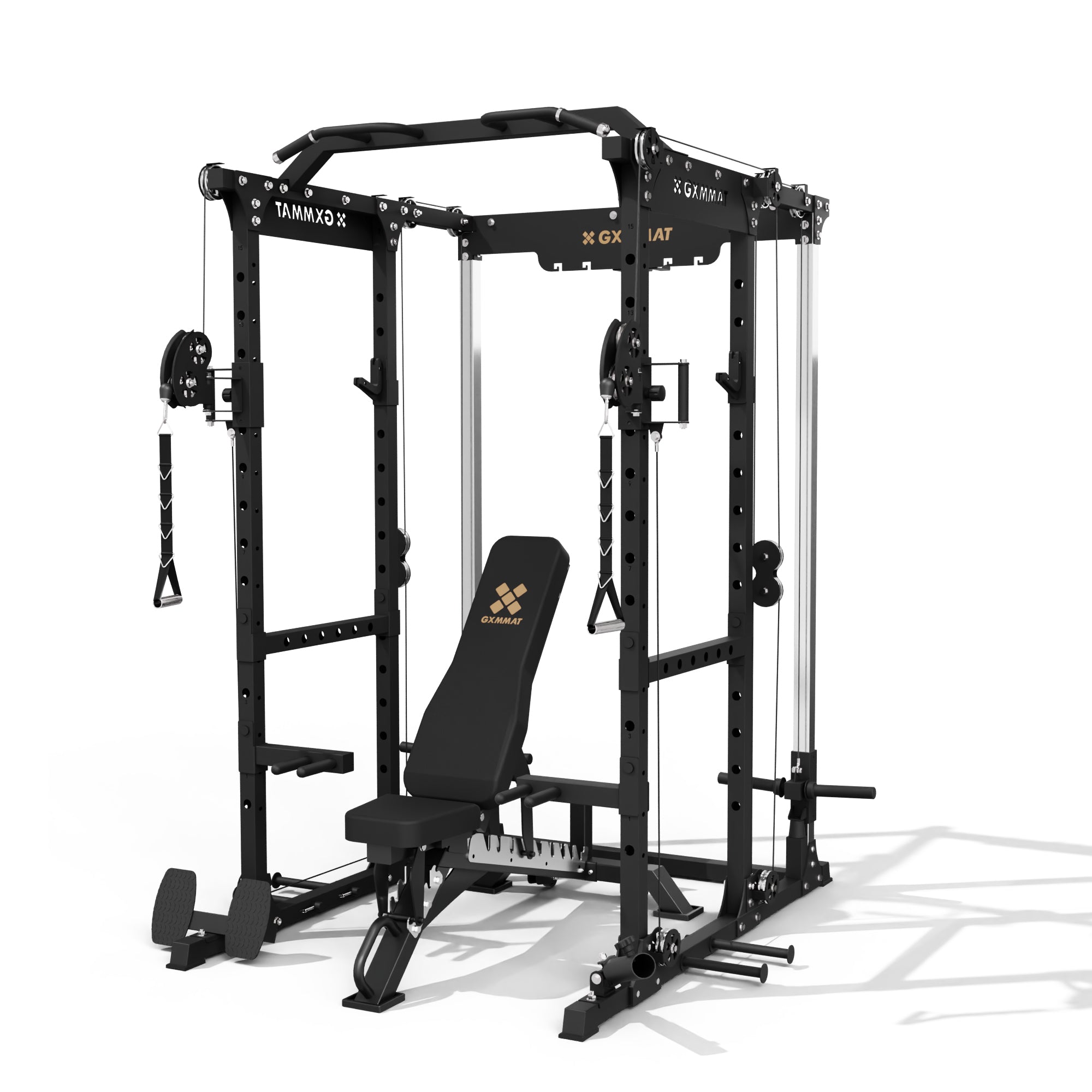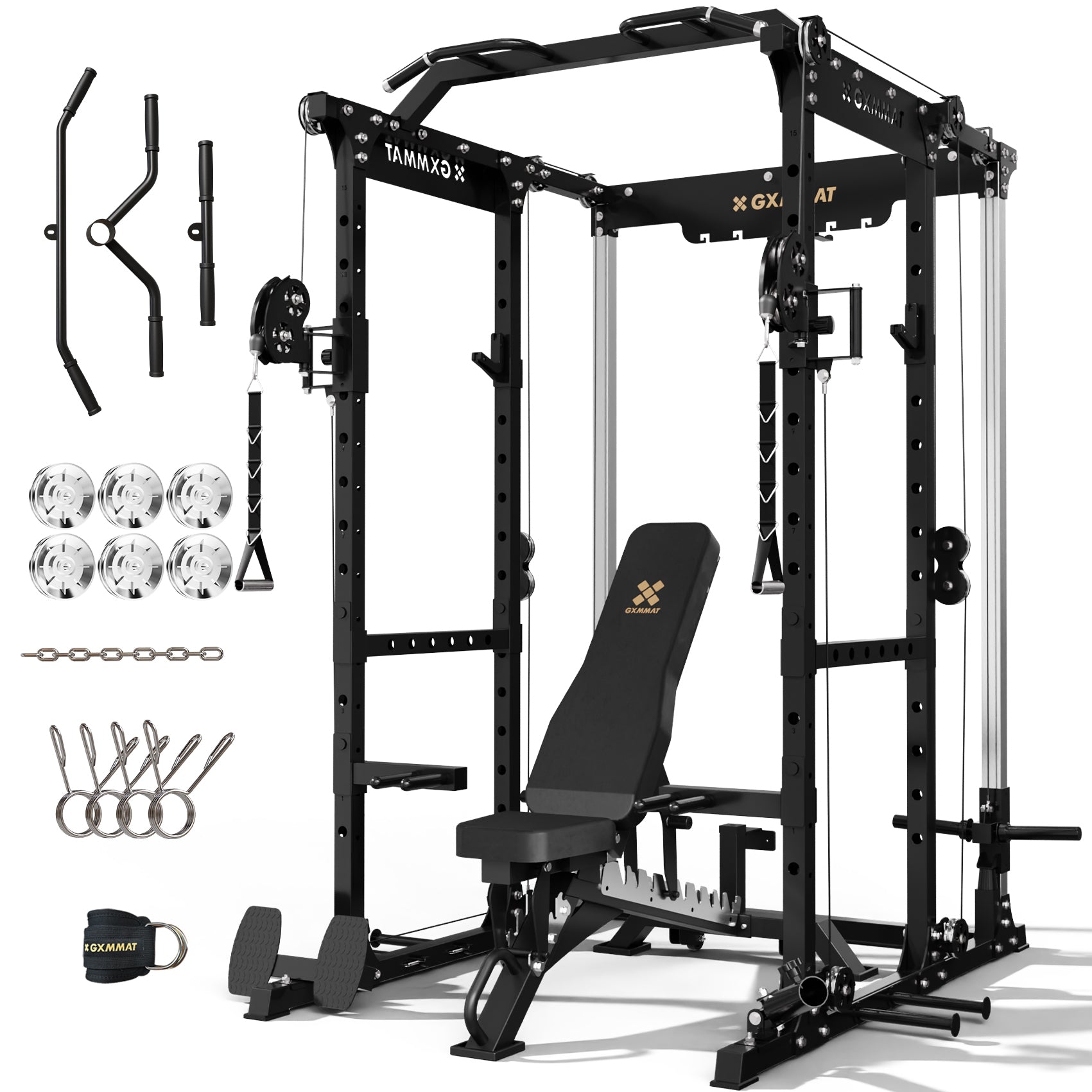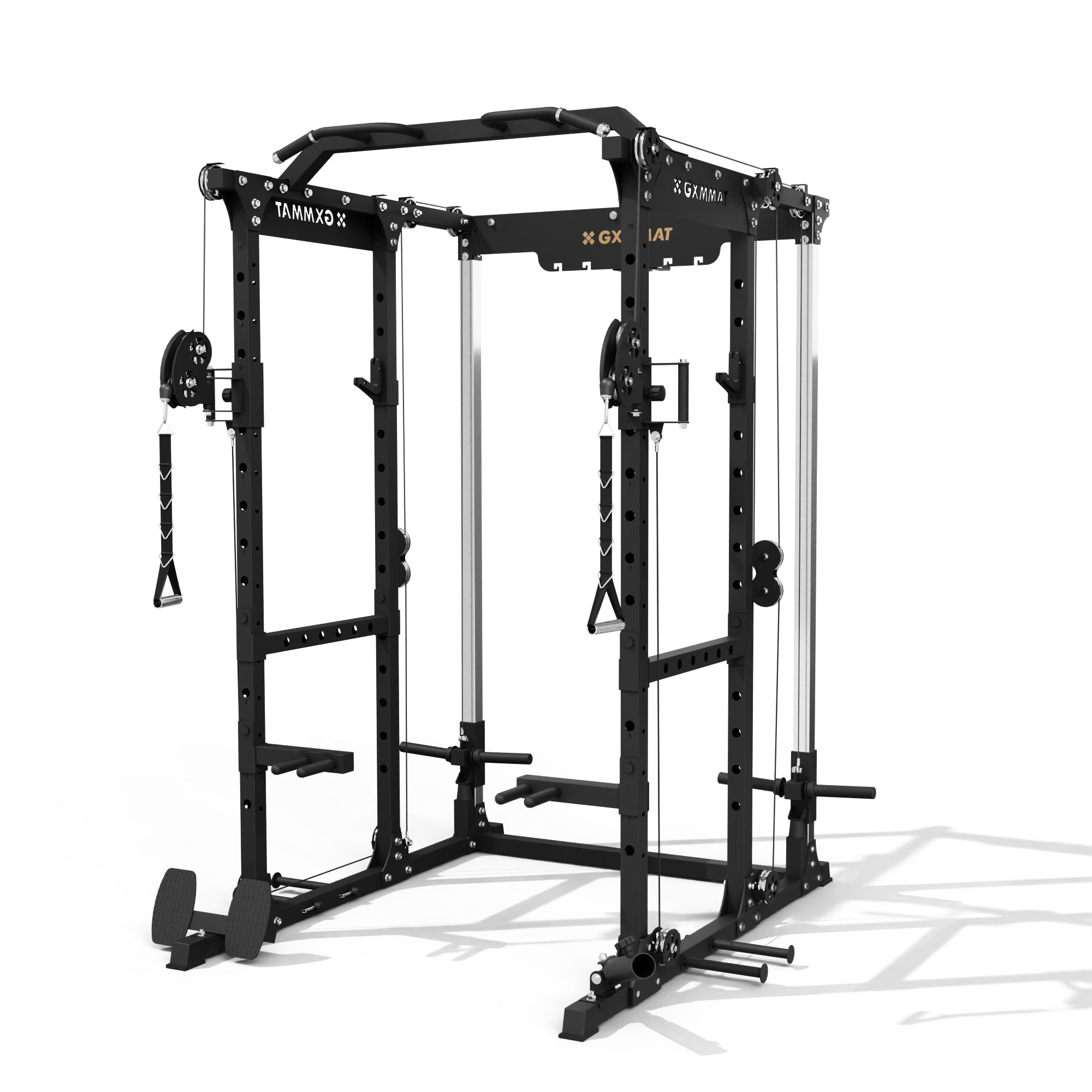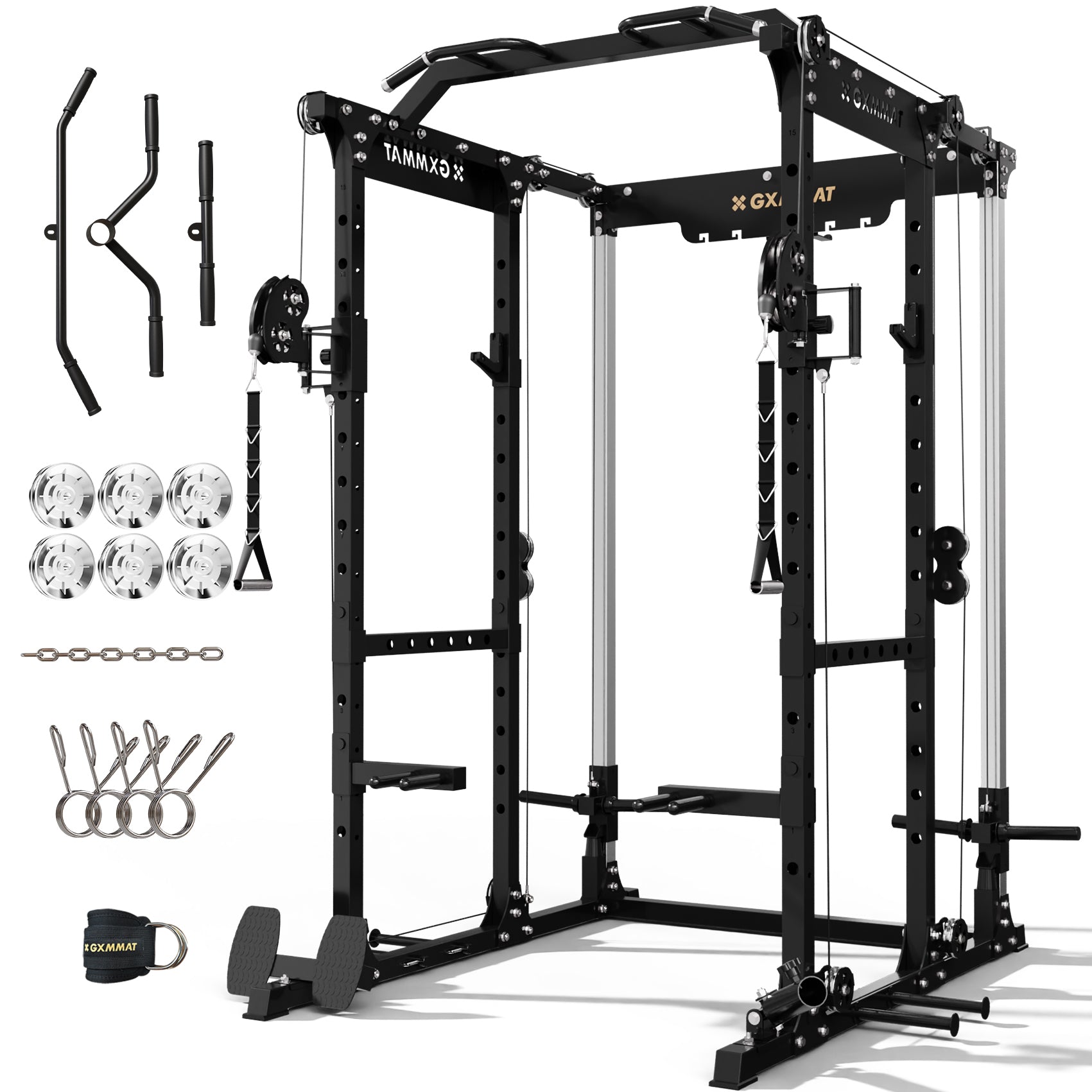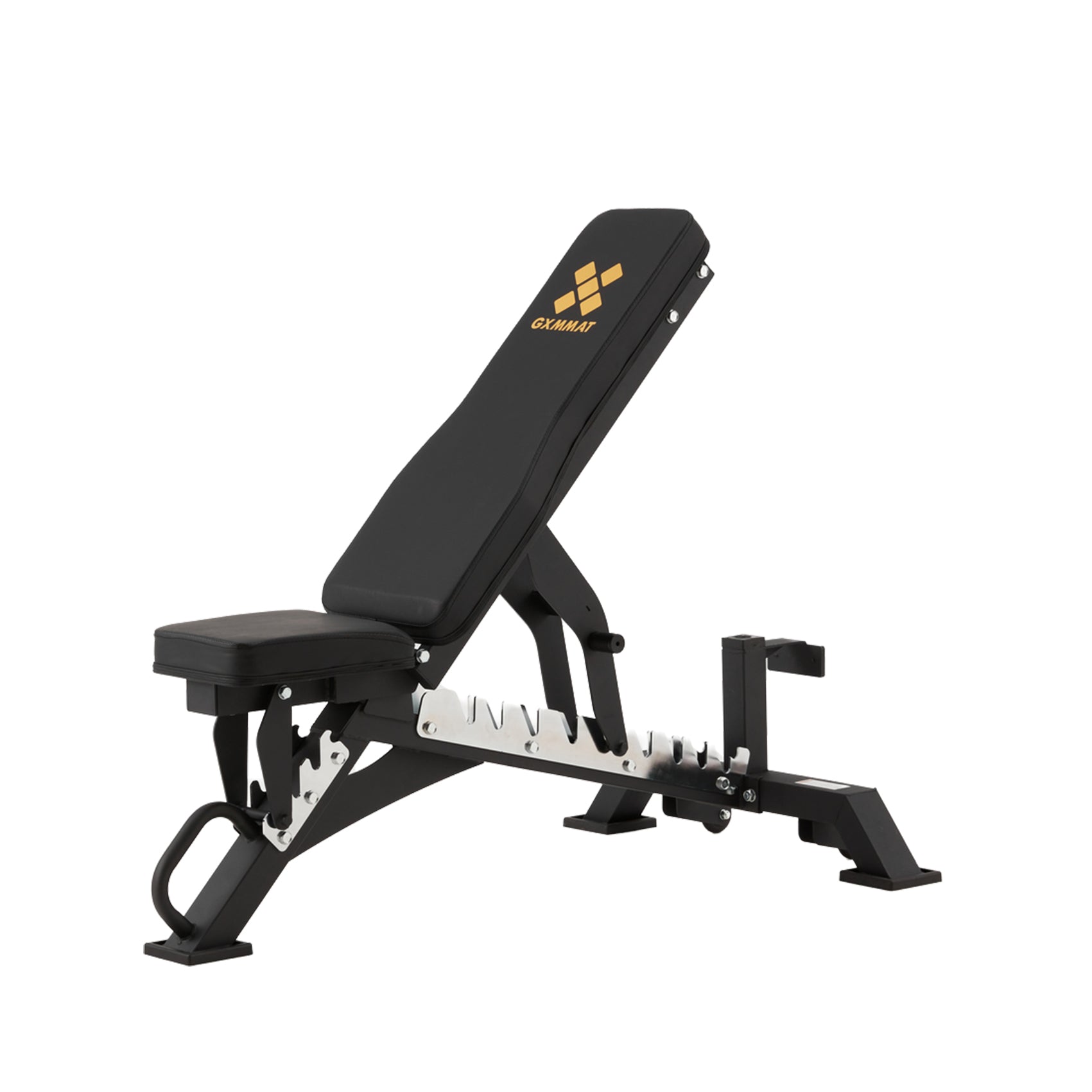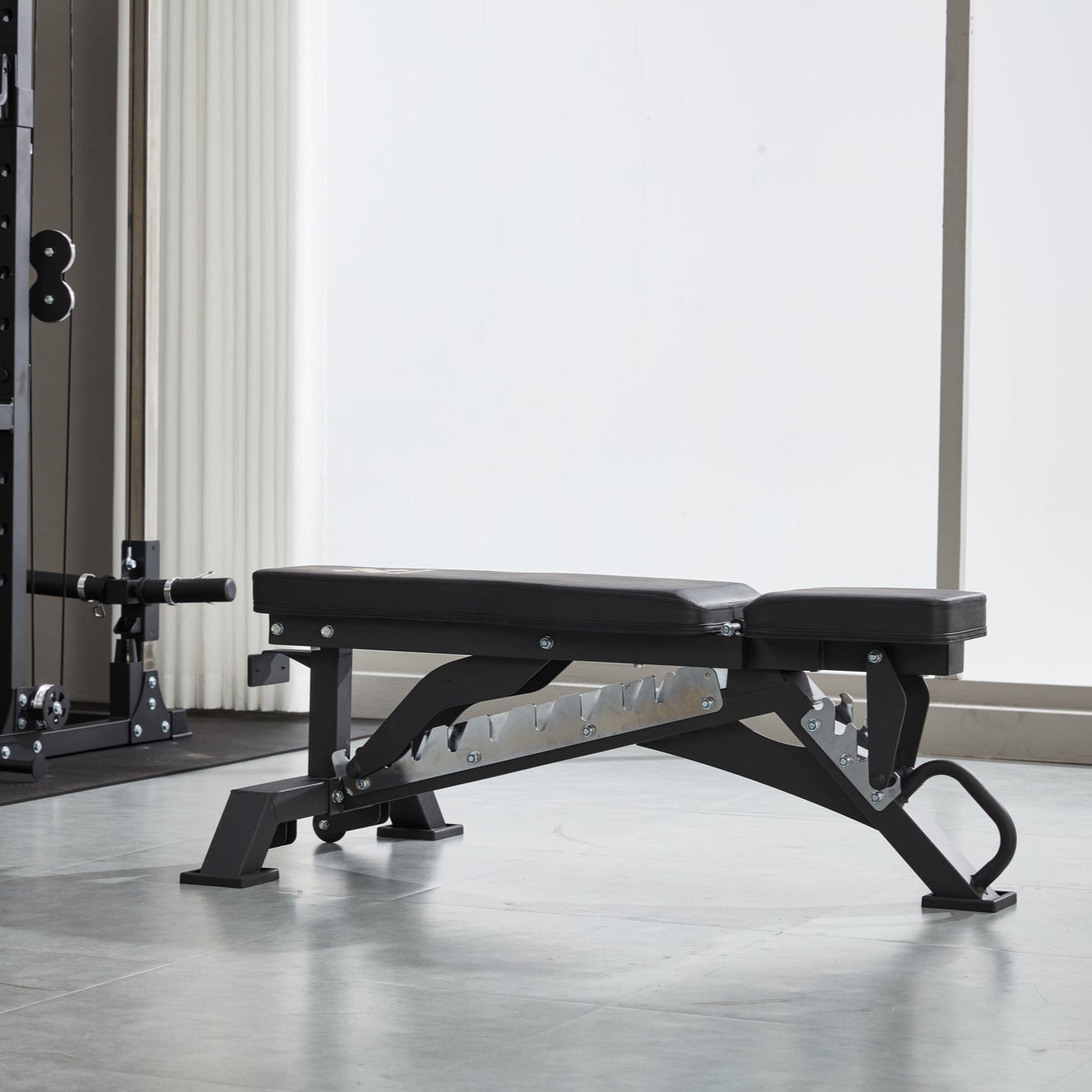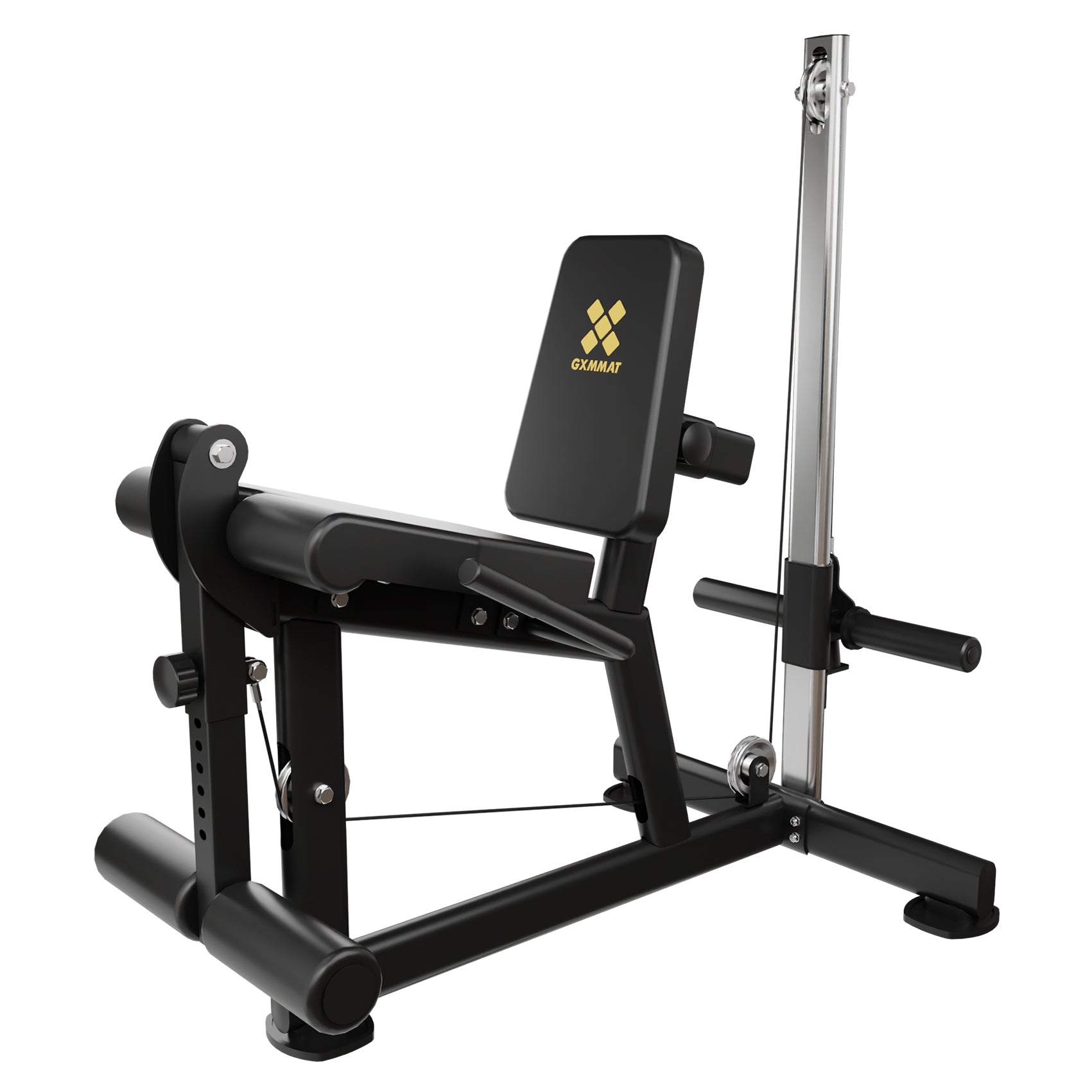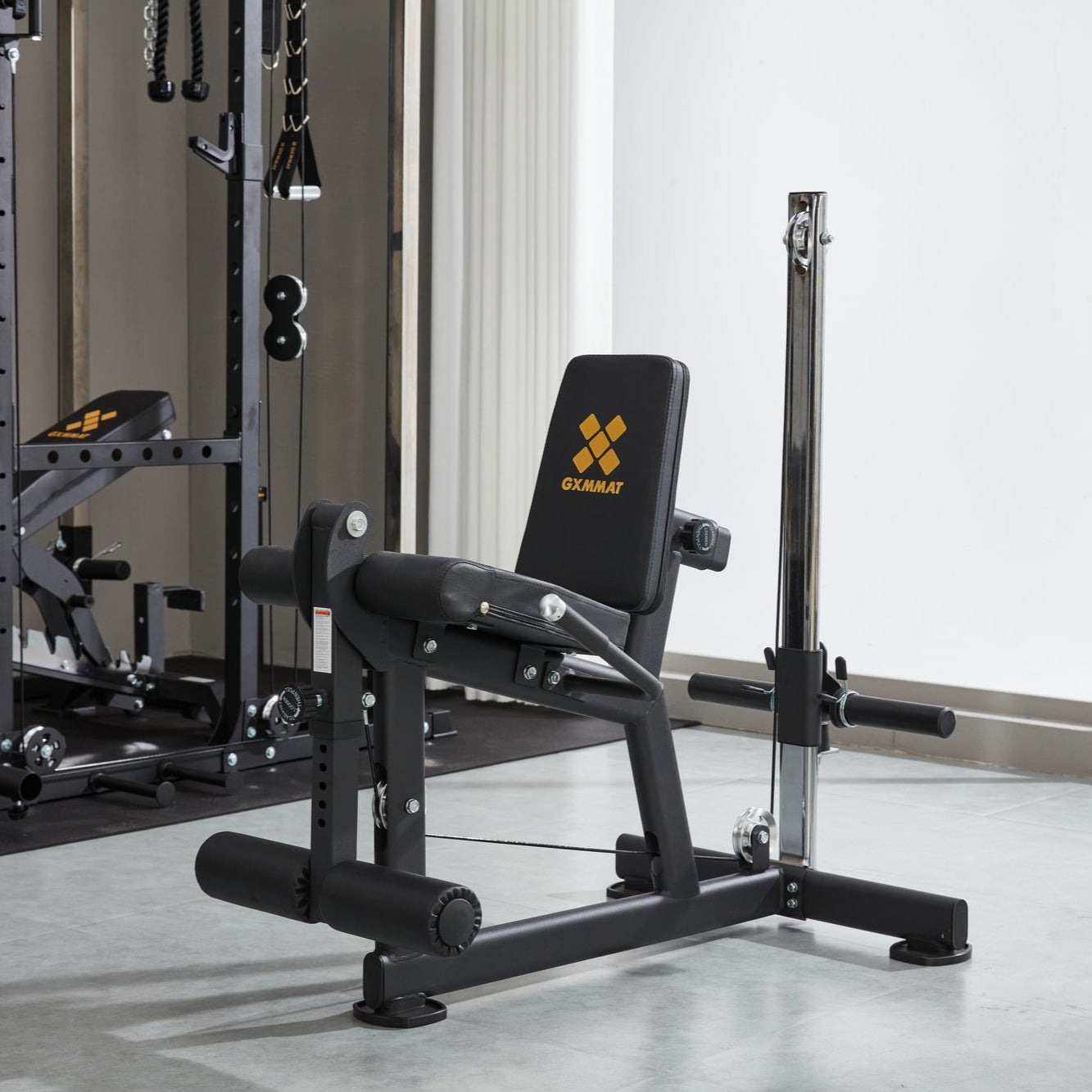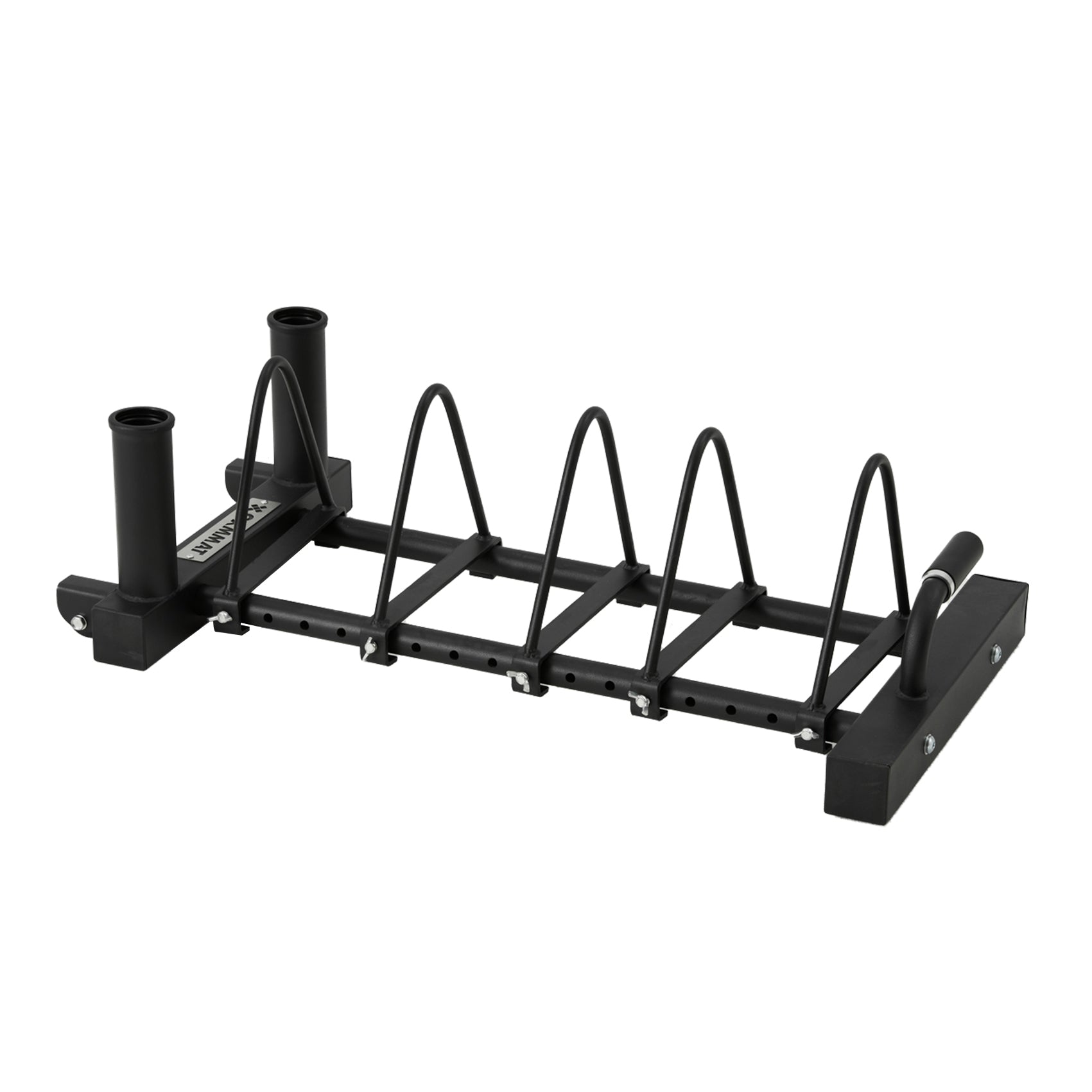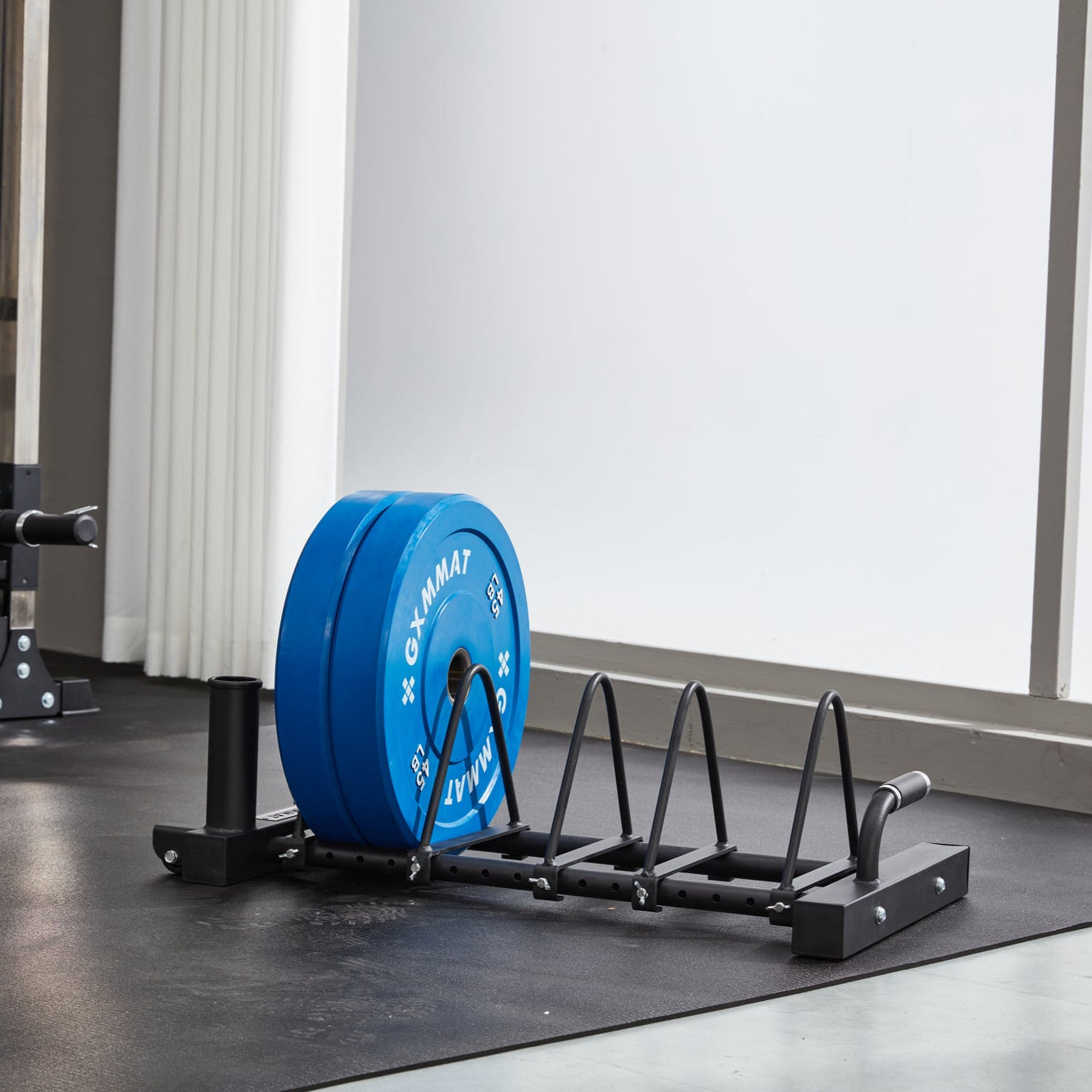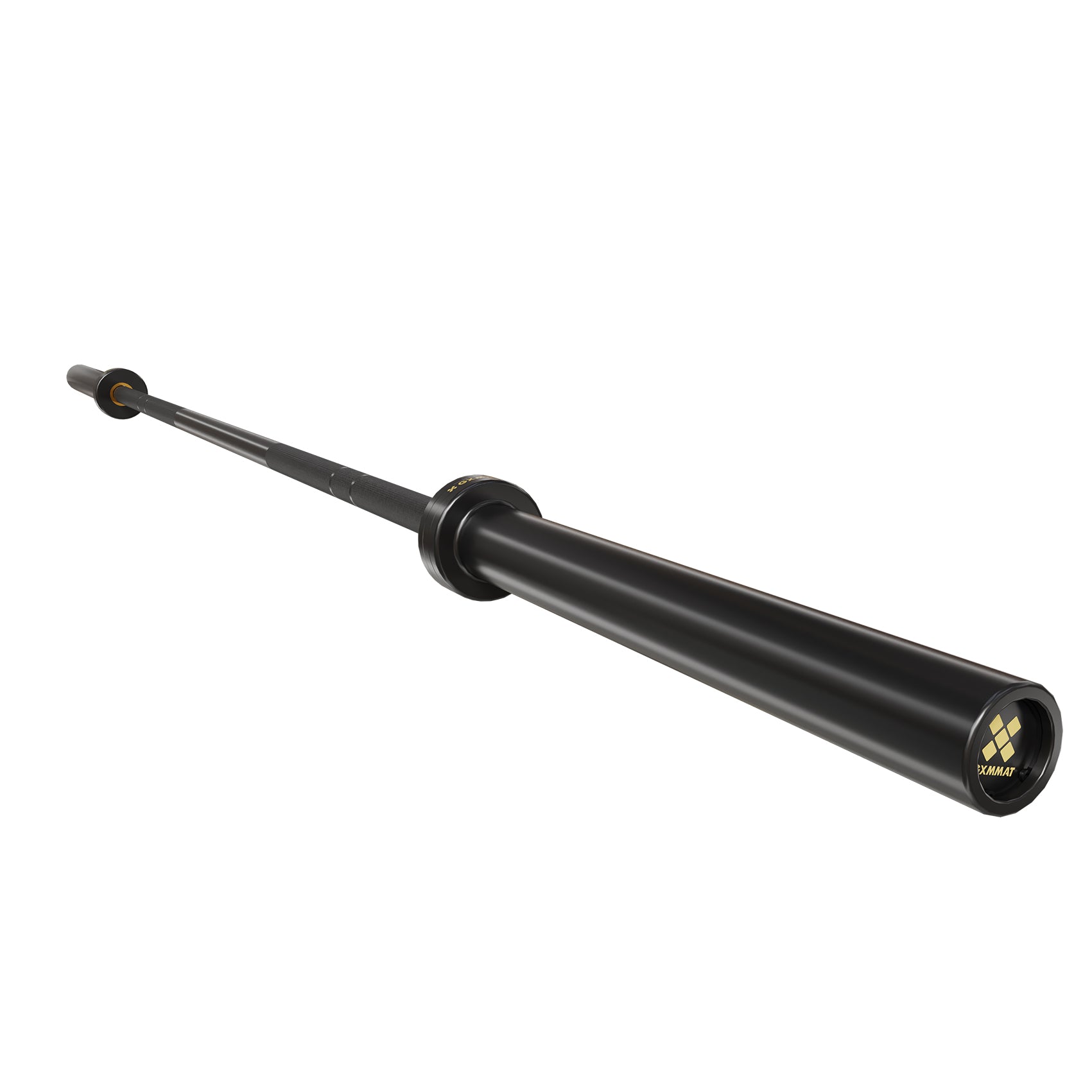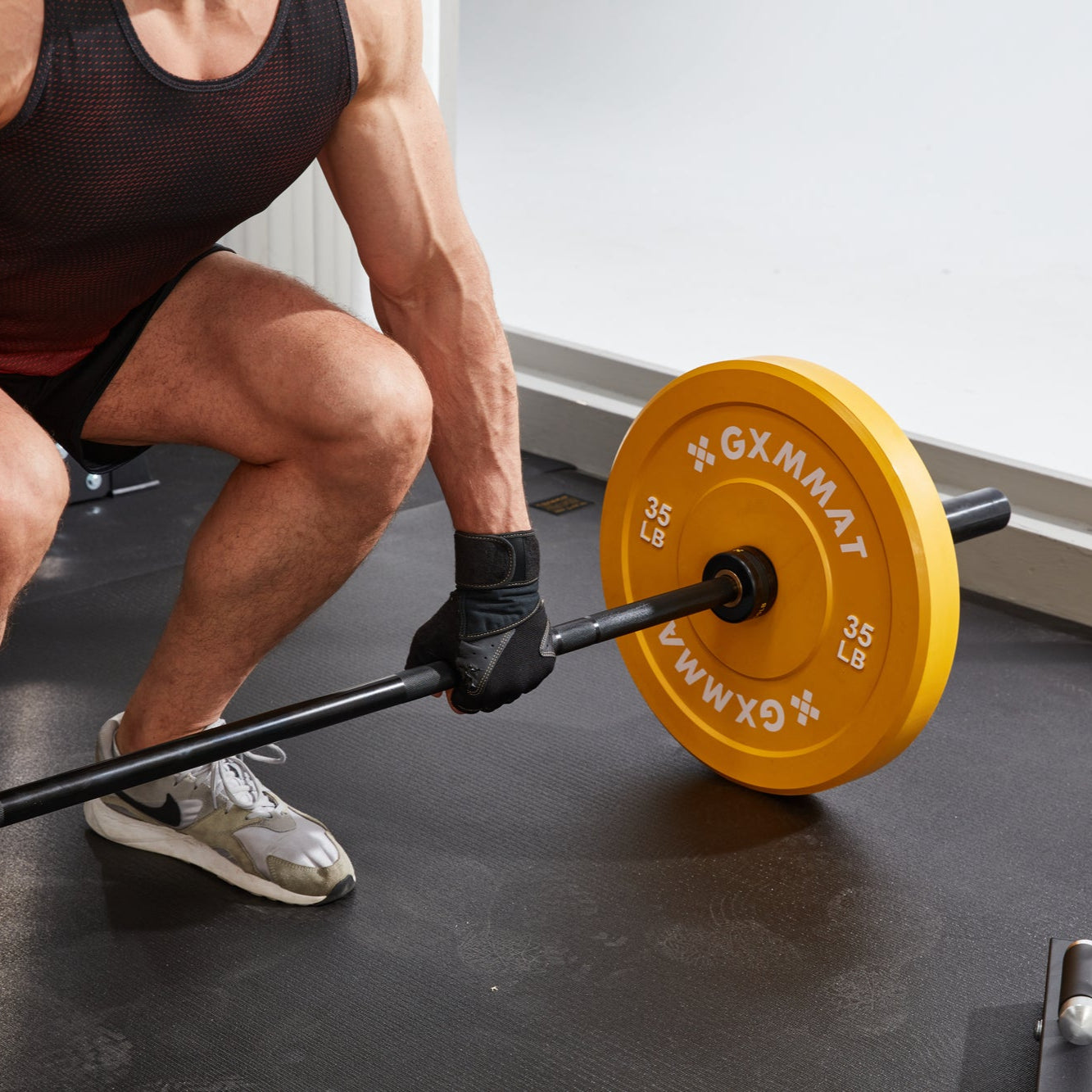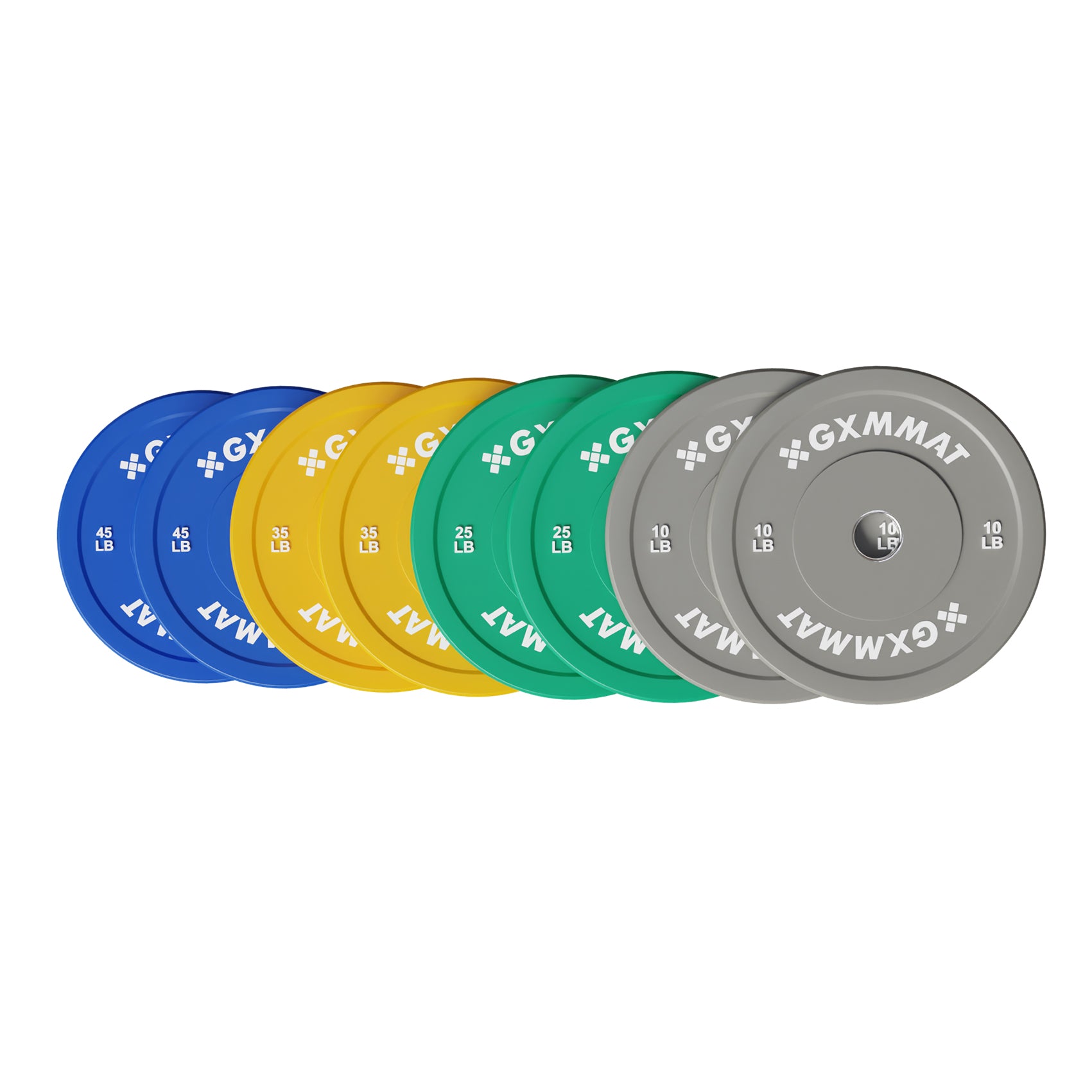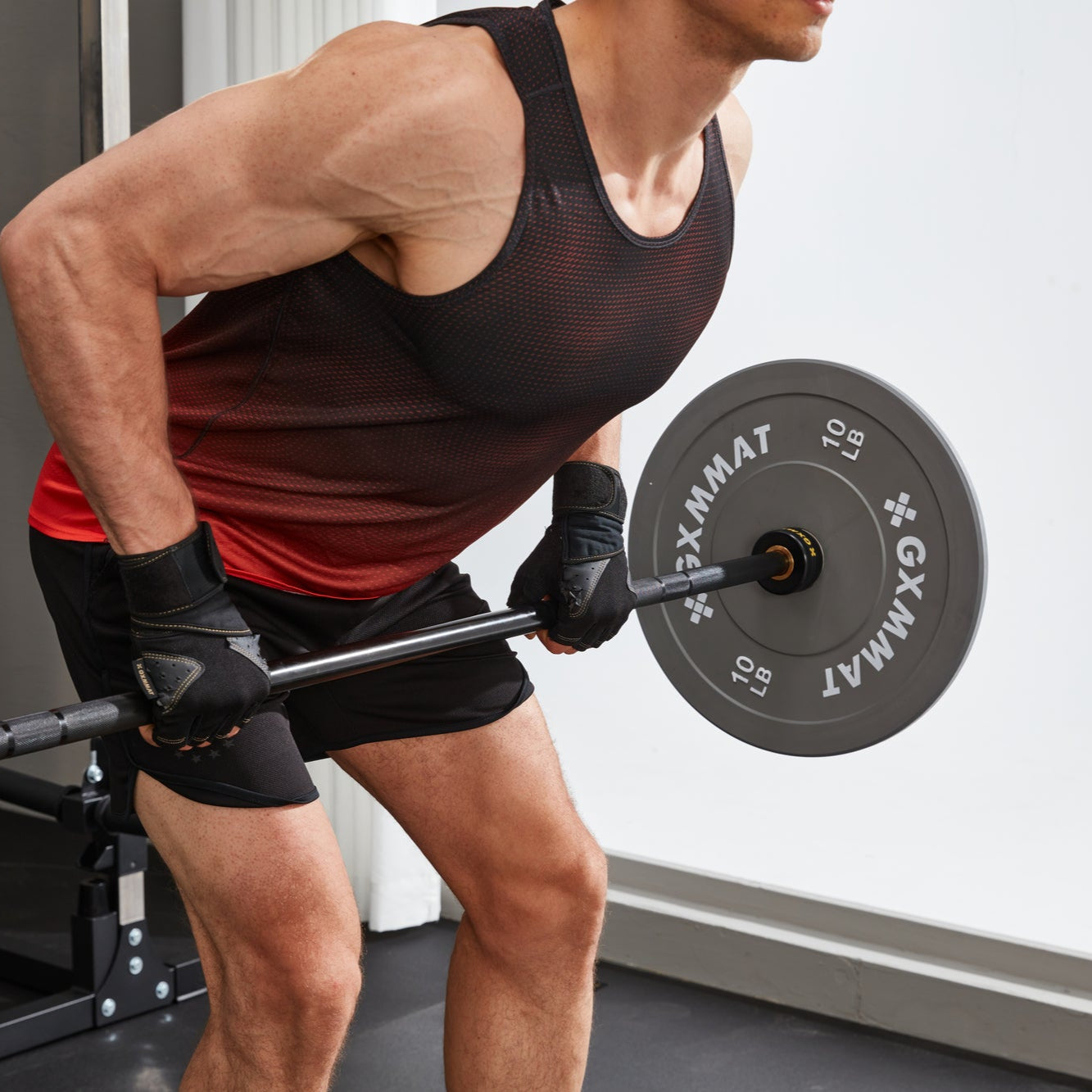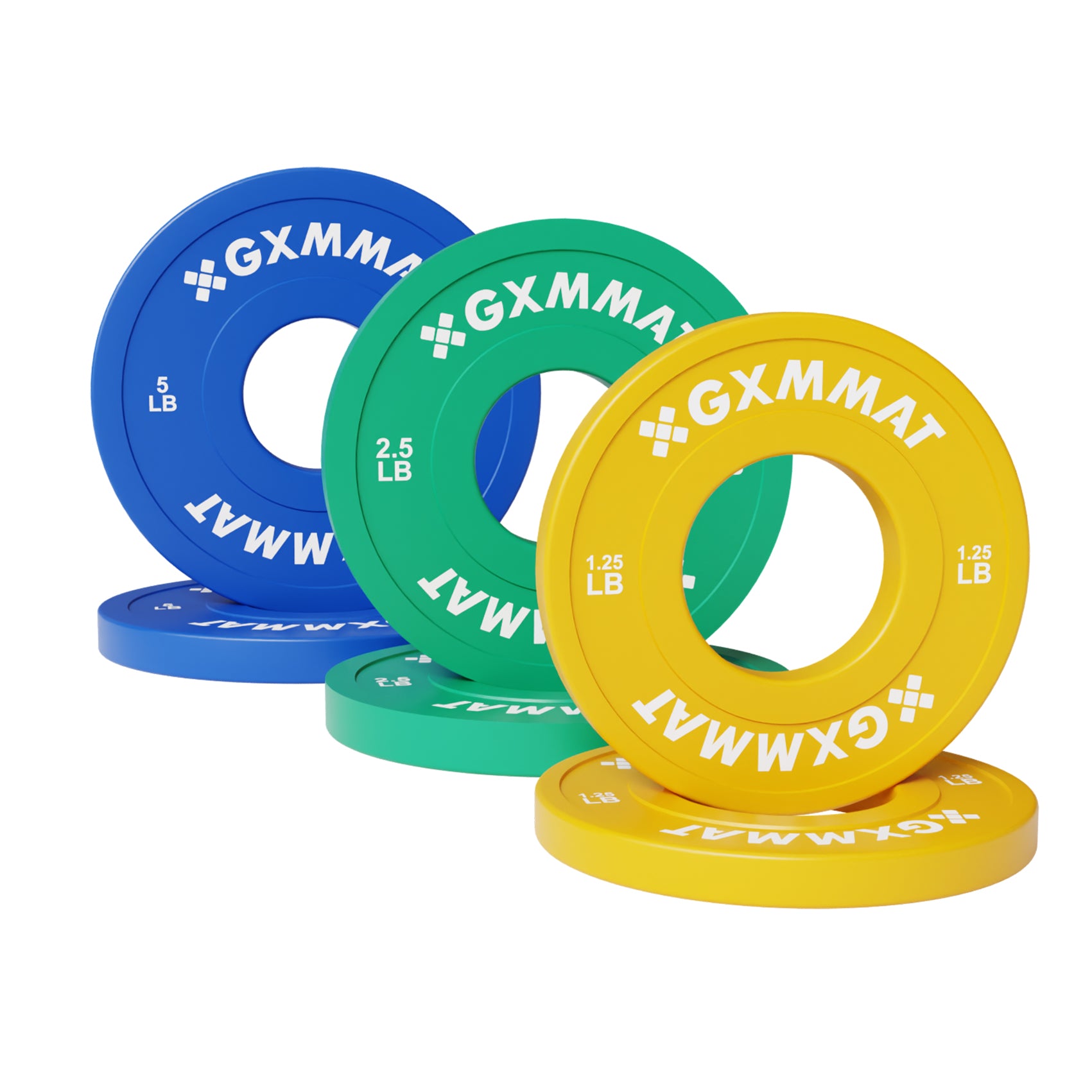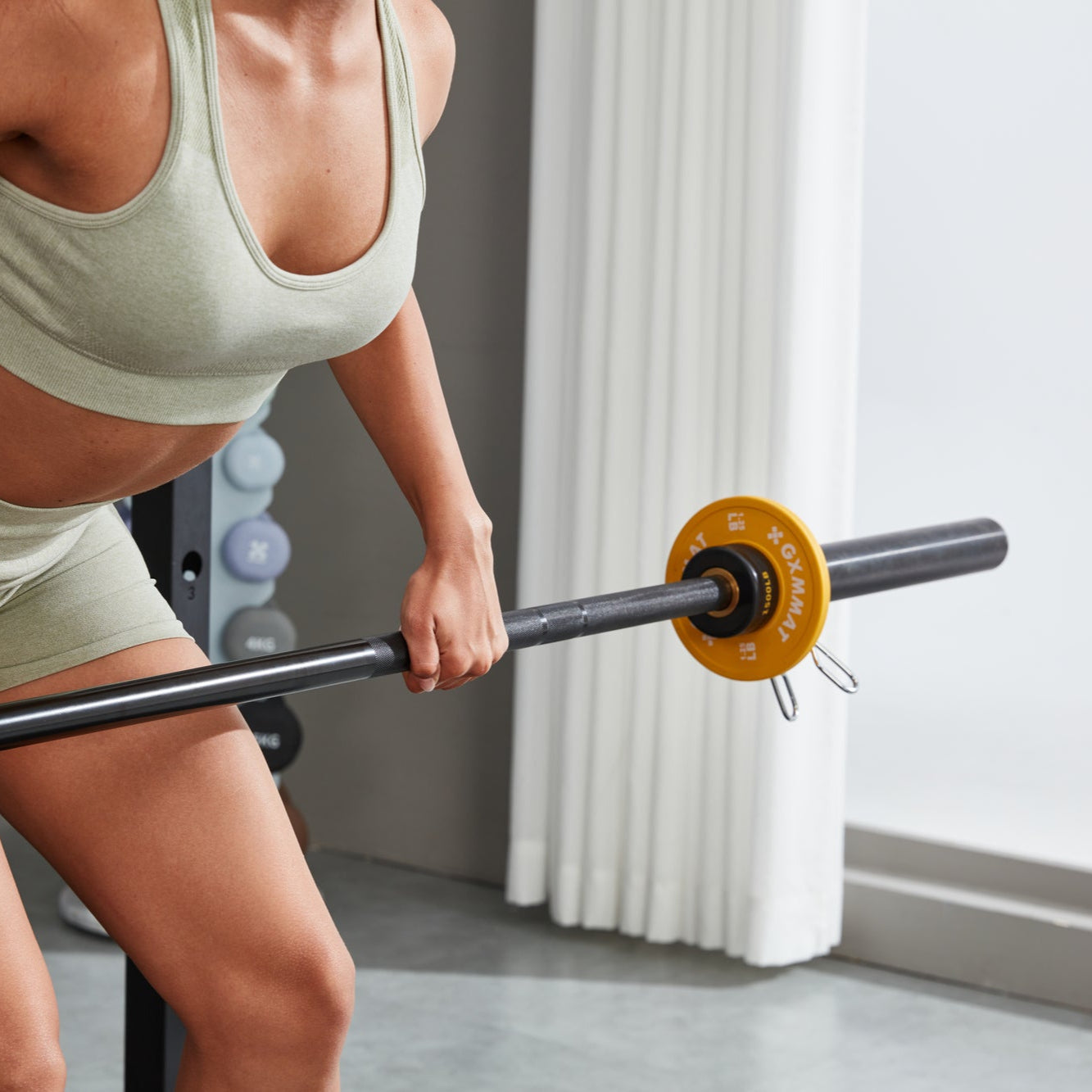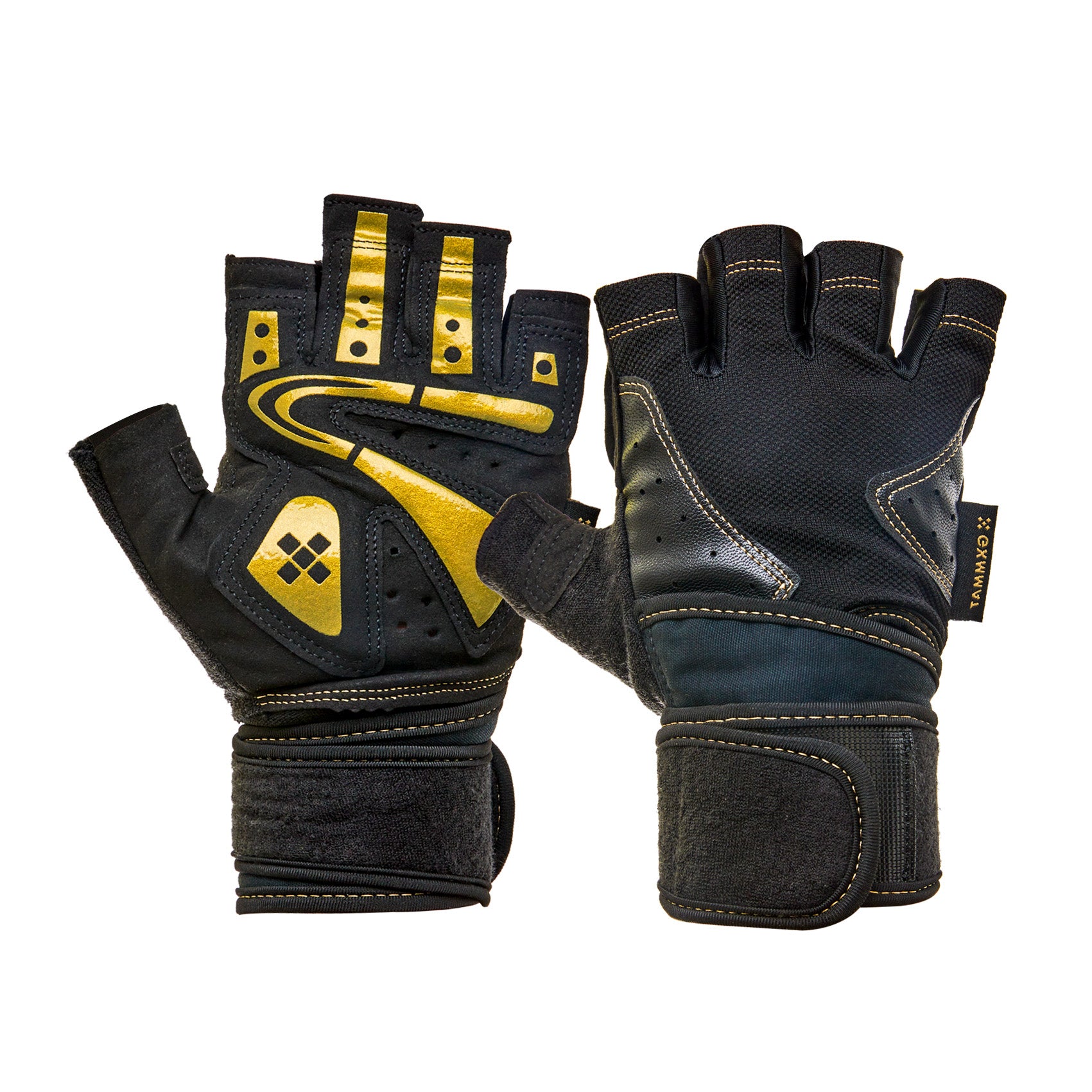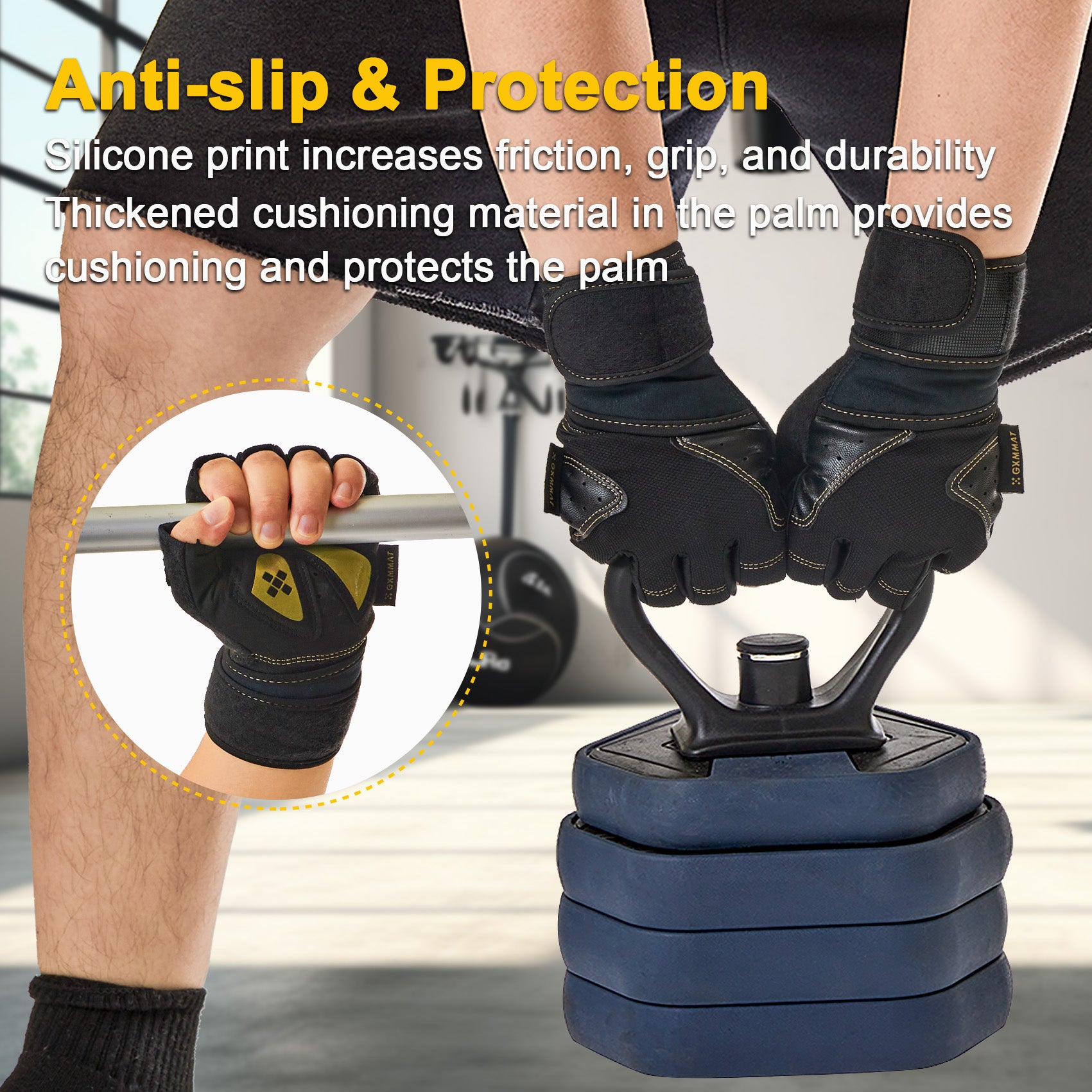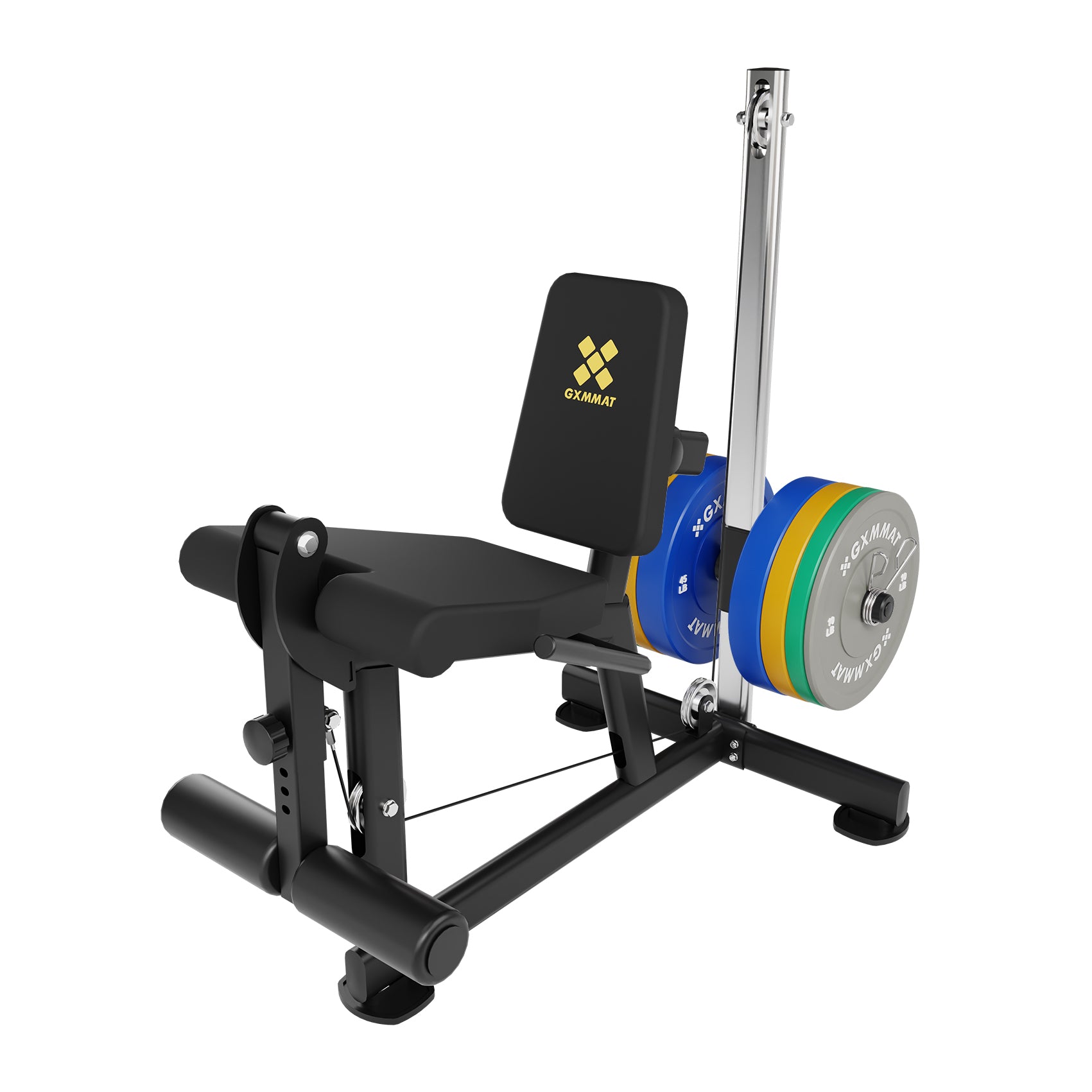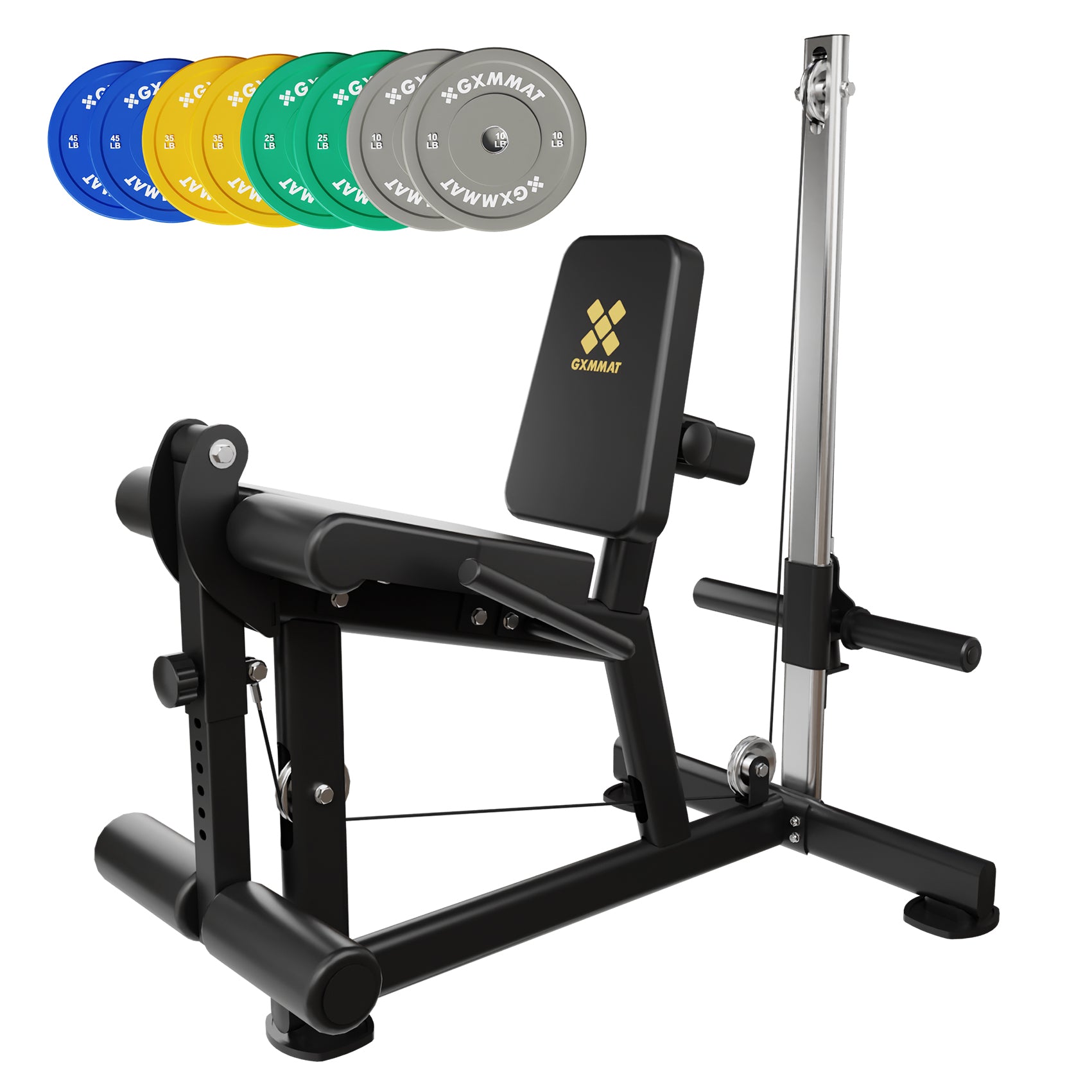Squat Stands vs. Power Racks: Which to Buy?
Power racks and squat stands are both important tools for strength training commonly found in most gyms. Before setting up your home gym, it’s useful to know how squat stands differ from power racks, since they serve similar but not identical functions.
A power rack typically features four to six vertical posts, forming an open cage-like frame. The uprights of the power rack are equipped with supports for standard and specialty barbells at different heights. These supports include J-hooks and safety bars. You can secure the barbell at your desired height for easy lifting, and during heavy lifting, the safety bars can effectively catch the barbell if it happens to drop. The squat rack has a simpler structure, consisting of just two metal uprights, and is therefore also called a half rack.
Squat stands are primarily used for fundamental lifts like squats and bench presses. Power racks, on the other hand, offer greater versatility, allowing for exercises such as pull-ups, chin-ups, deadlifts, and rows in addition to the basics to effectively strengthen more muscle. Most power racks include safety bars that can be adjusted horizontally to enhance safety during heavy lifts. They can generally support heavier loads than squat stands, reducing the risk when training with large bumper plates.
Advantages of Power Cage with Cables
Based on different resistance sources, strength training equipment can be divided into three categories: cable-based machines, free weight frames, and bodyweight equipment. Compared with the other two categories, the advantages of power rack with cables are their ability to provide constant resistance throughout the entire range of motion, support more natural and versatile movement patterns, and allow users to safely train alone with adjustable resistance. They also enable a wide variety of exercises within a compact footprint, making them highly efficient for both home and commercial gyms.
Why Choose X6 Power Rack?
GXMMAT X6 Power Rack with pulley system features a sturdy 6-post design combined with a smooth dual cable system, providing a safe and reliable training experience for home fitness enthusiasts while also meeting the high performance demands of professional users. Whether you do basic strength exercises or advanced compound movements, our power racks for home gym will offer stable support and precise resistance control, helping you efficiently train all major muscle groups. With multiple accessories, it supports a variety of exercises such as squats, bench presses, shoulder presses, and cable exercises, making it an all-in-one function trainer. The key design highlights of X6 Power Rack are included below:
- All-aluminum Pulleys: Ensure a smoother and quieter pulling experience.
- Dual Cable System: Power rack with cable system provides more balanced resistance on both sides, allowing for bilateral training or dual-user workouts.
- 1:1 Pulley Ratio: Delivers precise resistance, the weight you load is the weight you get.
- External Cable Routing: Maintains rack expandability & prevents interference between attachments and cables.
- Compact Design: Minimizes footprint for home use.
With these design features, the X6 Power Rack is not only suitable for home use but also meets the needs of professional strength training, making it an ideal choice for both home gyms and professional gyms.
Power Rack Accessories
To further expand the functionality of the X6 Power Rack and diversify your strength training exercises, when you purchase the X6 Power Rack, we will provide more than 9 handle accessories for free, including barbell rod holder, band peg, dip bar, J hook, landmine, foot plate, V bar, short bar and long bar, etc.. You can attach these accessories to the workout cage according to your height and perform various additional weight training exercises such as band rows, lat pulldown, seated row, landmine press and more.
In addition, GXMMAT has developed a variety of strength training accessories and home gym storage, including 2" sleeve diameter barbells, color-coded weight plates, small weight change plates and weight rack. These accessories help you train more effectively and progressively push your personal limits to next level. You can choose according to your training needs.
We also offer high-density, wear-resistant large exercise mats to better protect your floors and equipment from damage. GXMMAT is dedicated to helping you create an integrated home fitness space. Start your home workouts with GXMMAT today!

